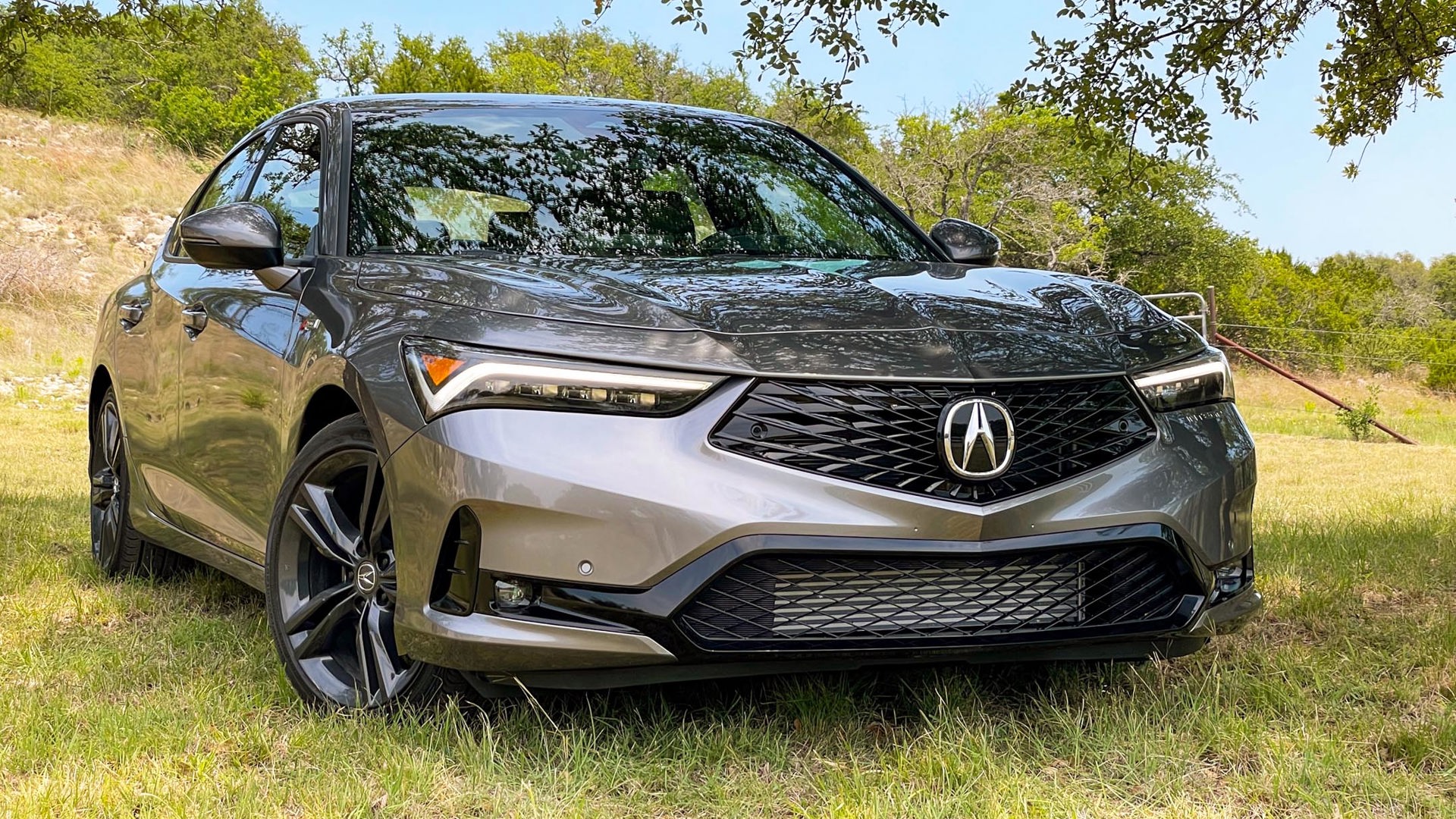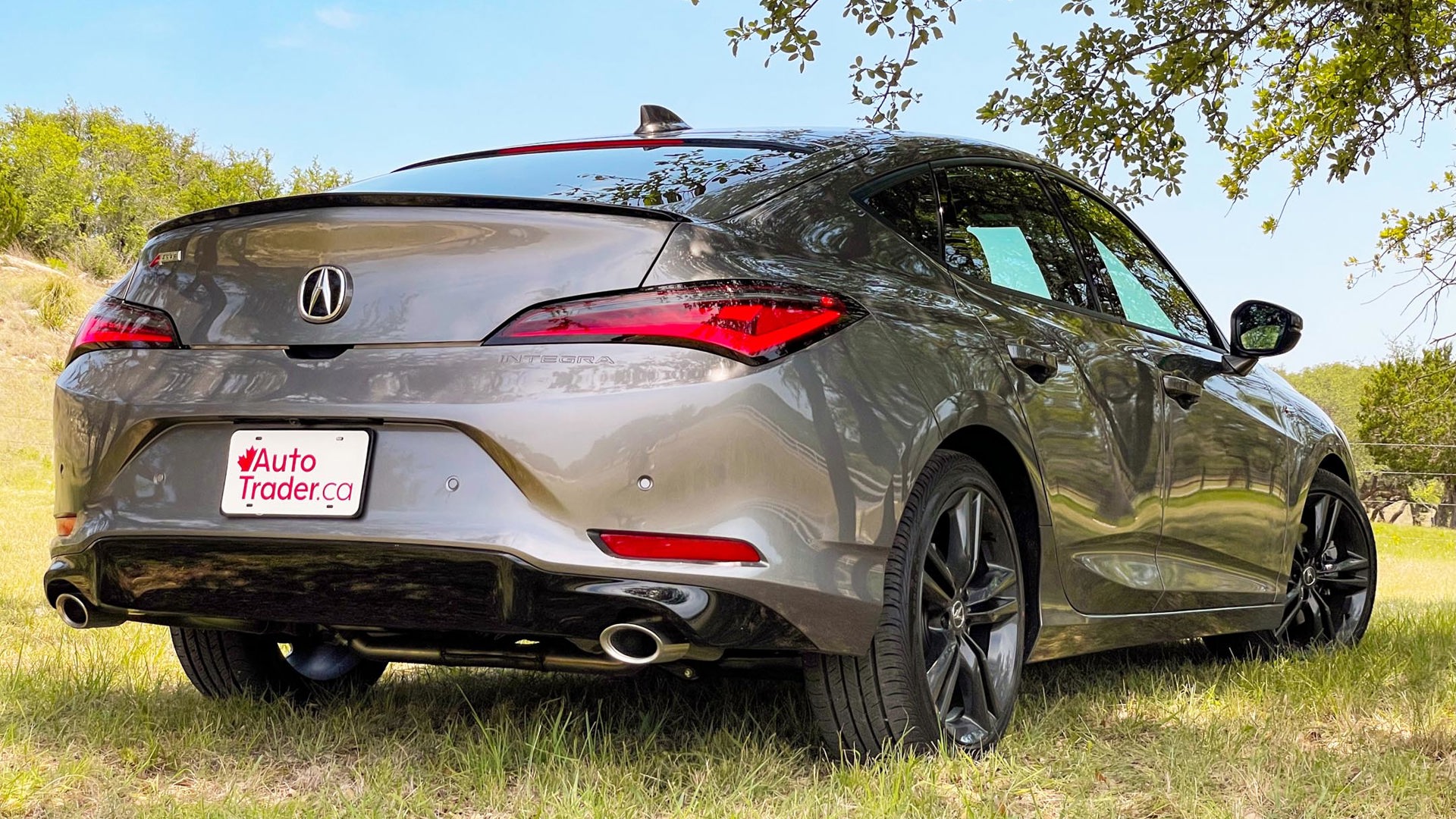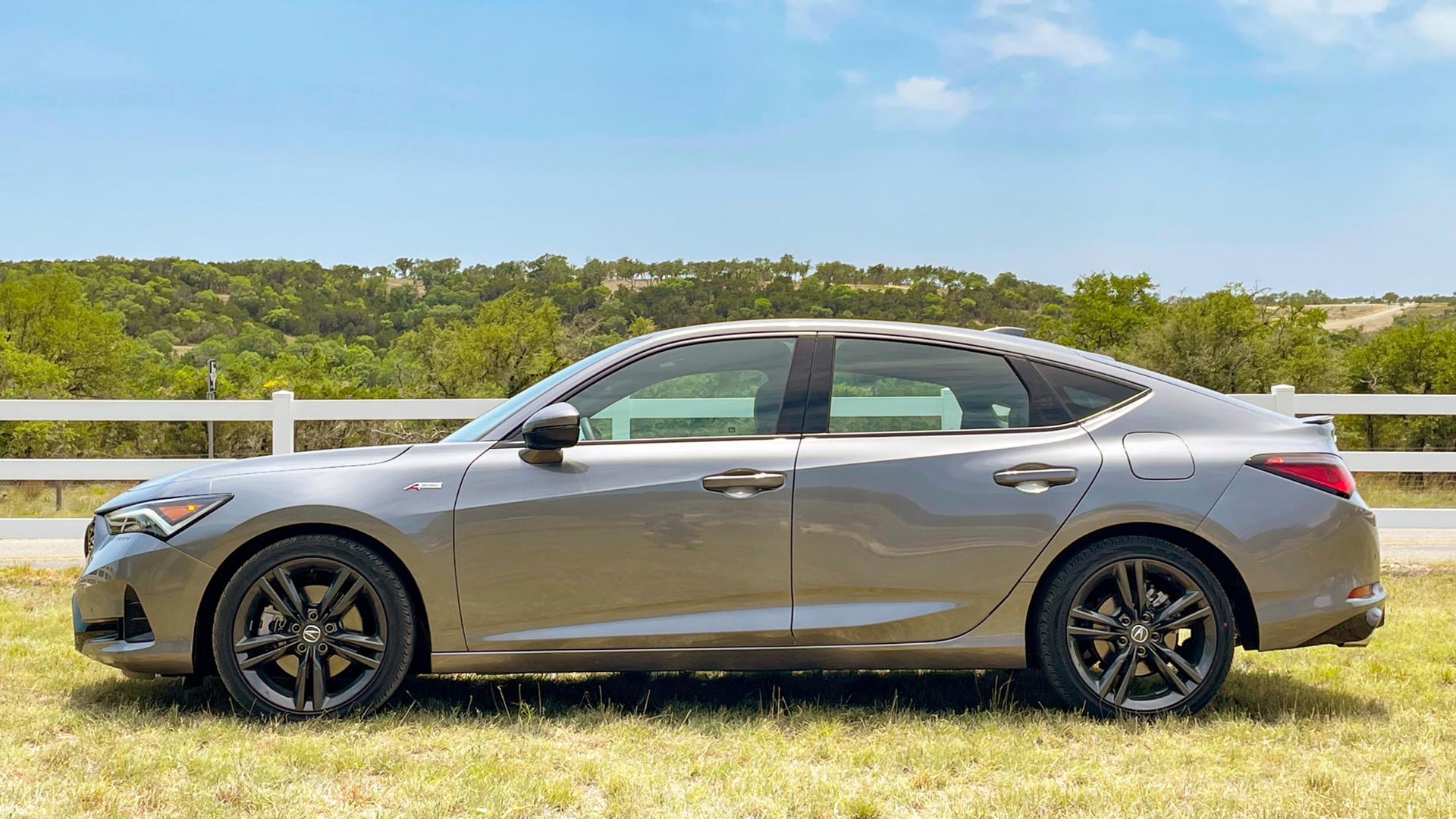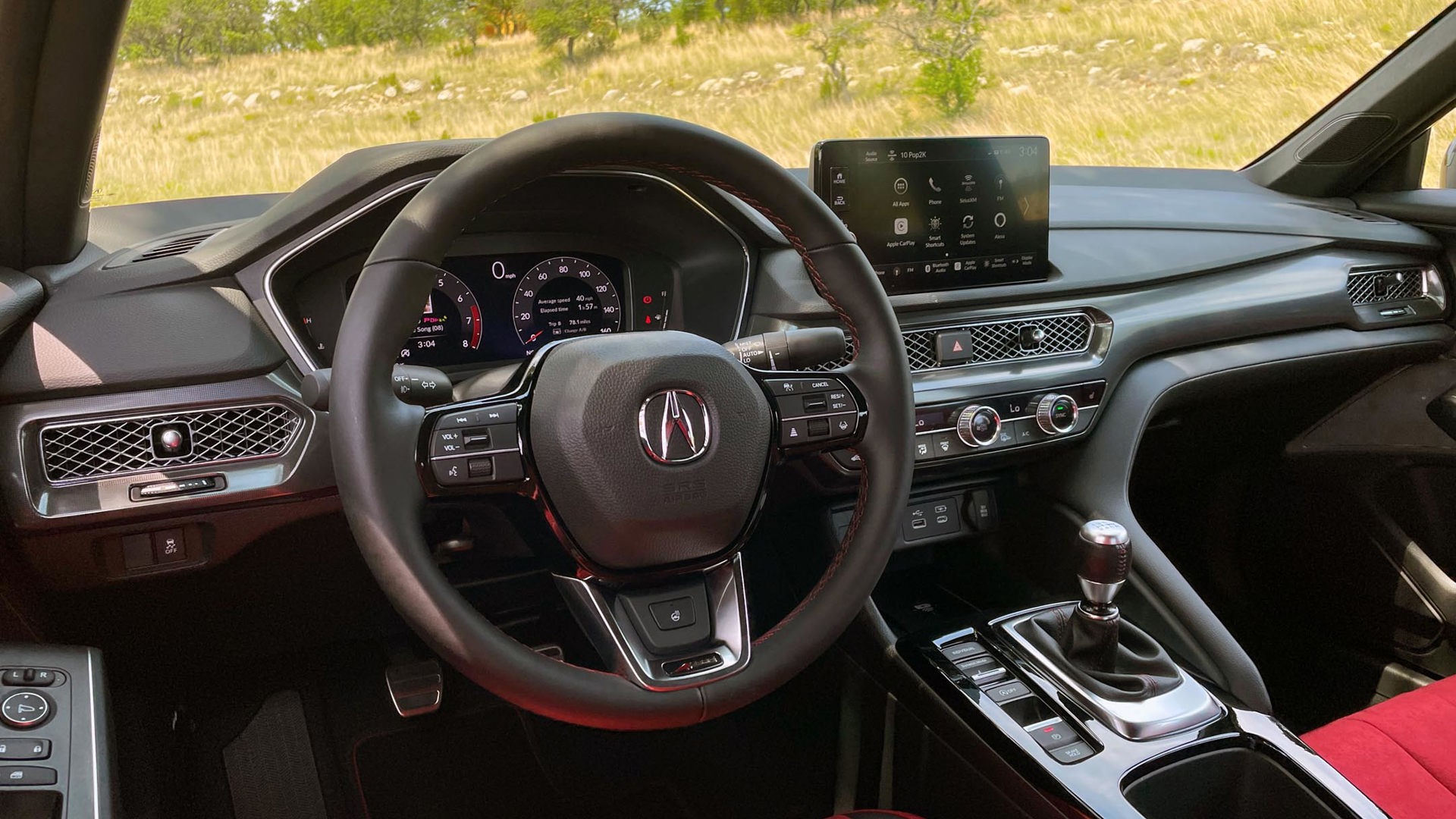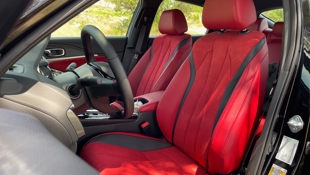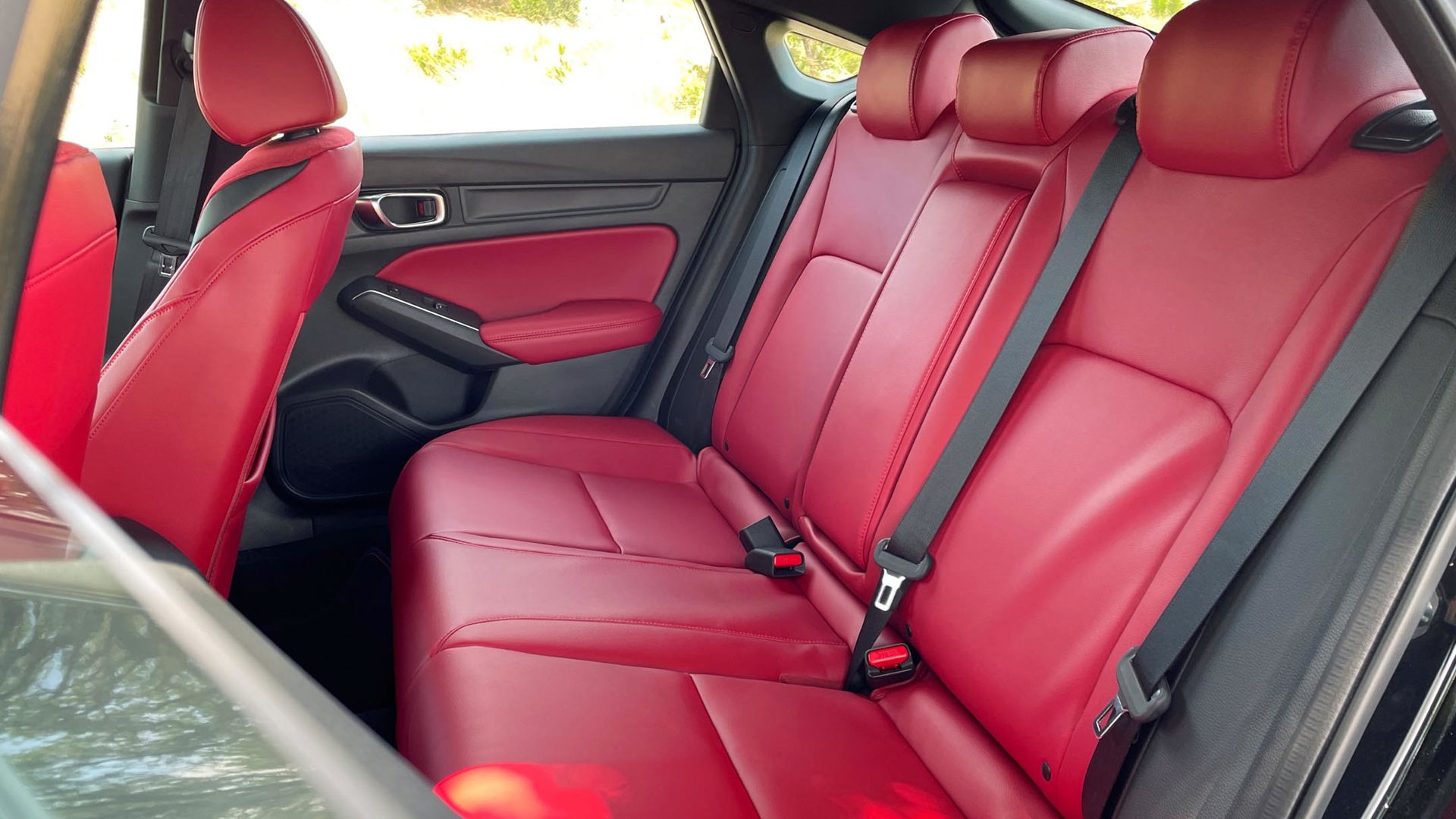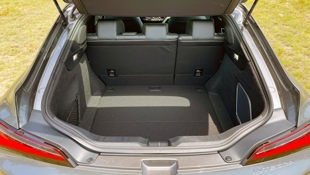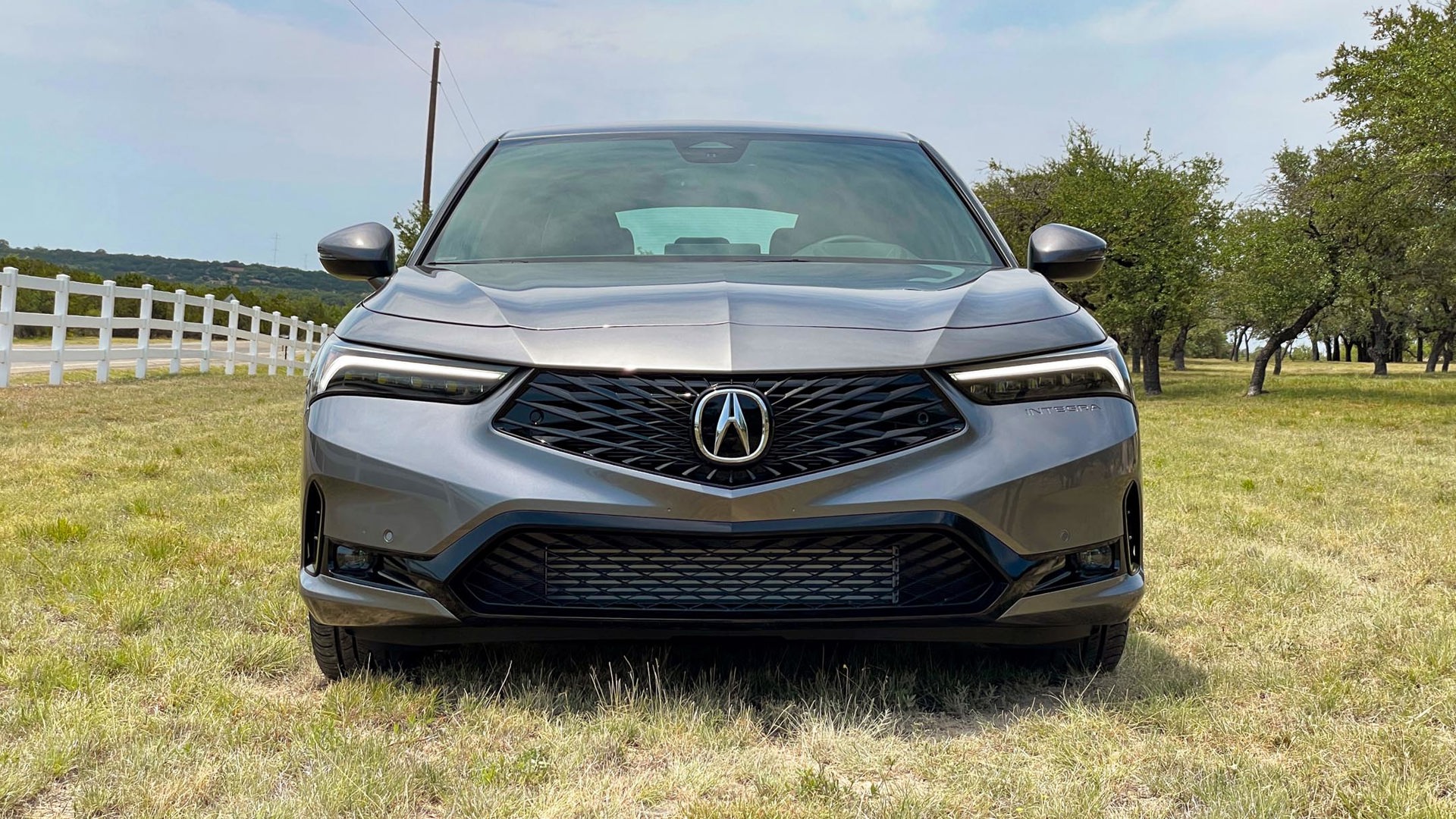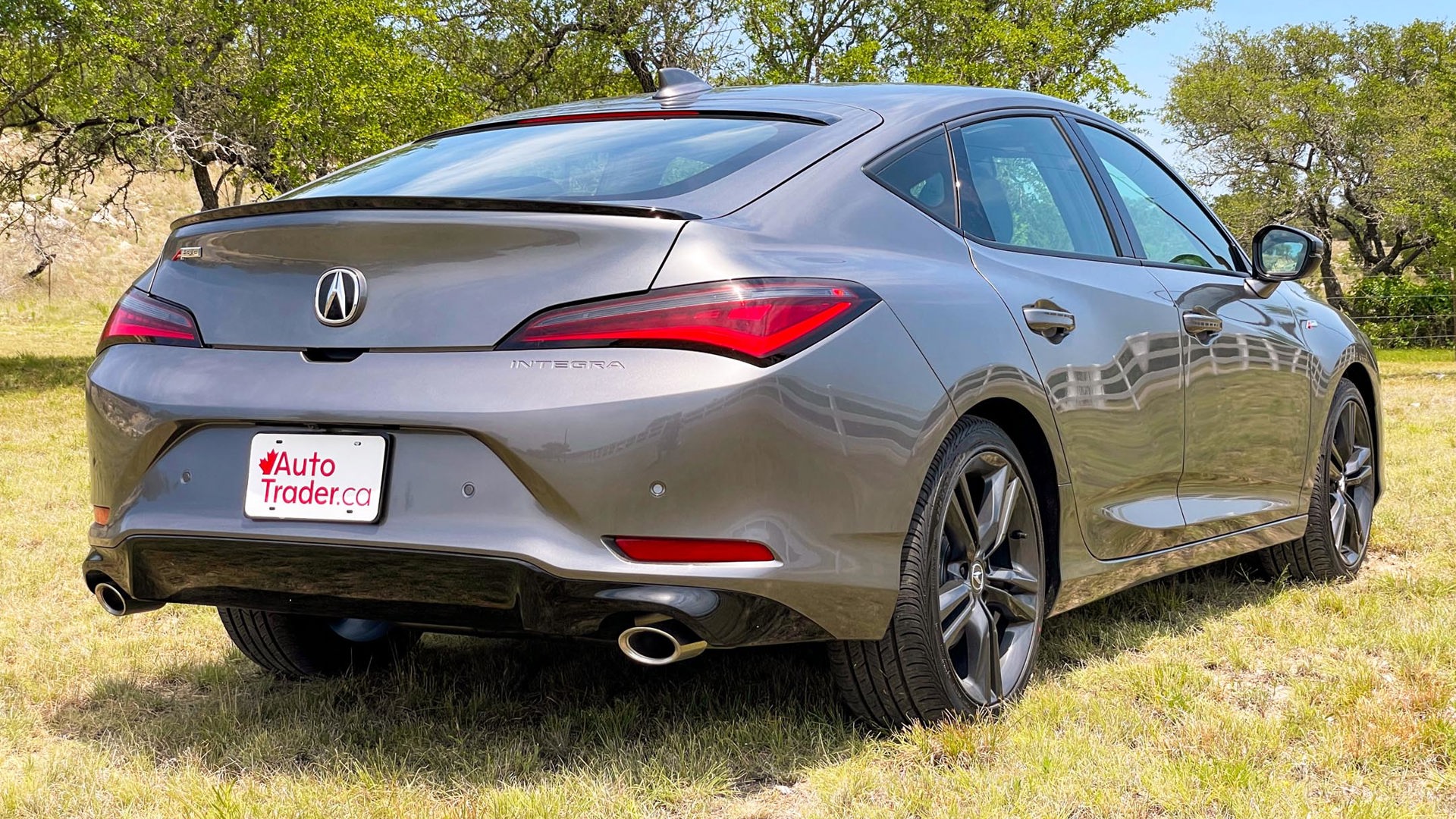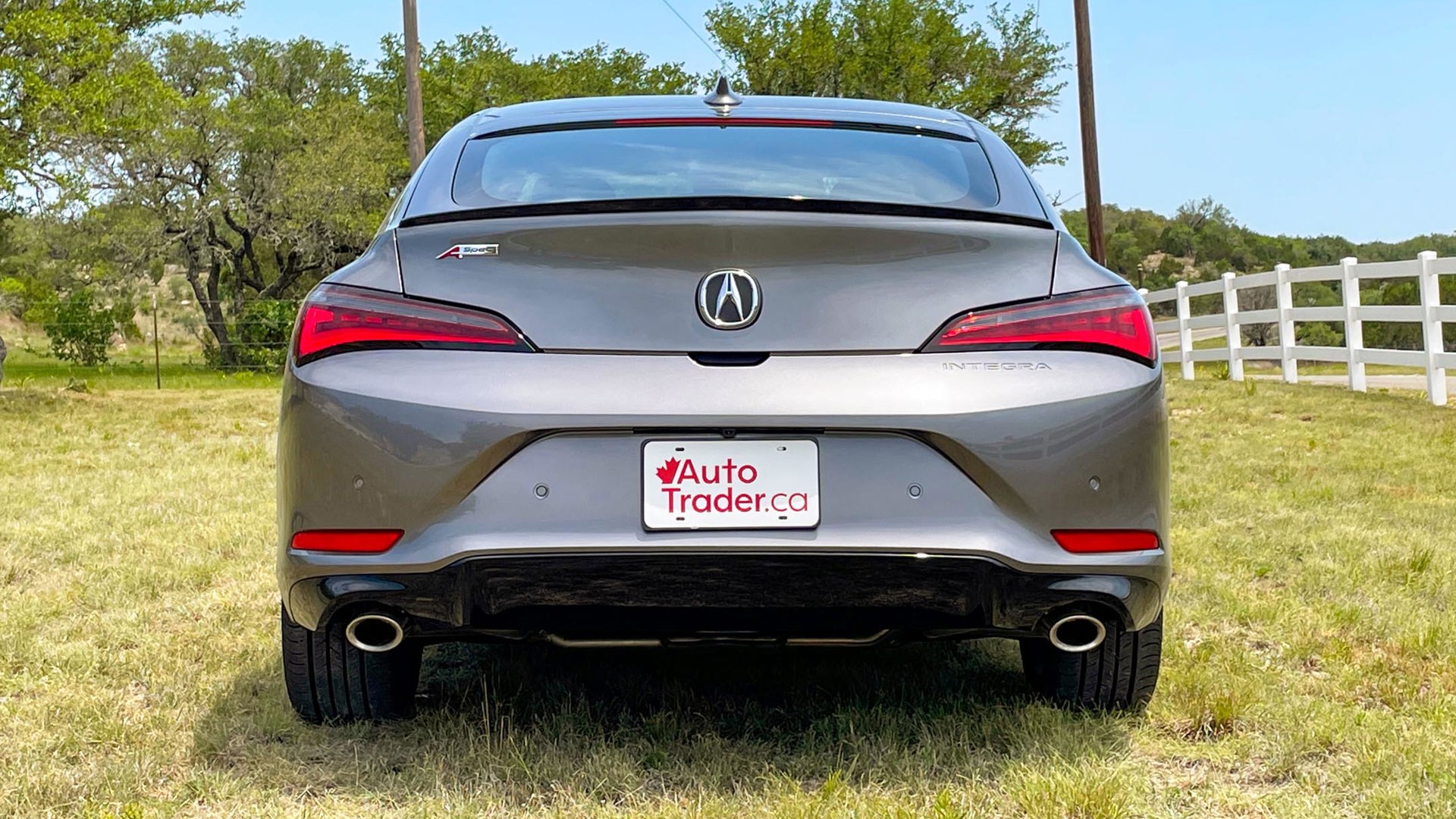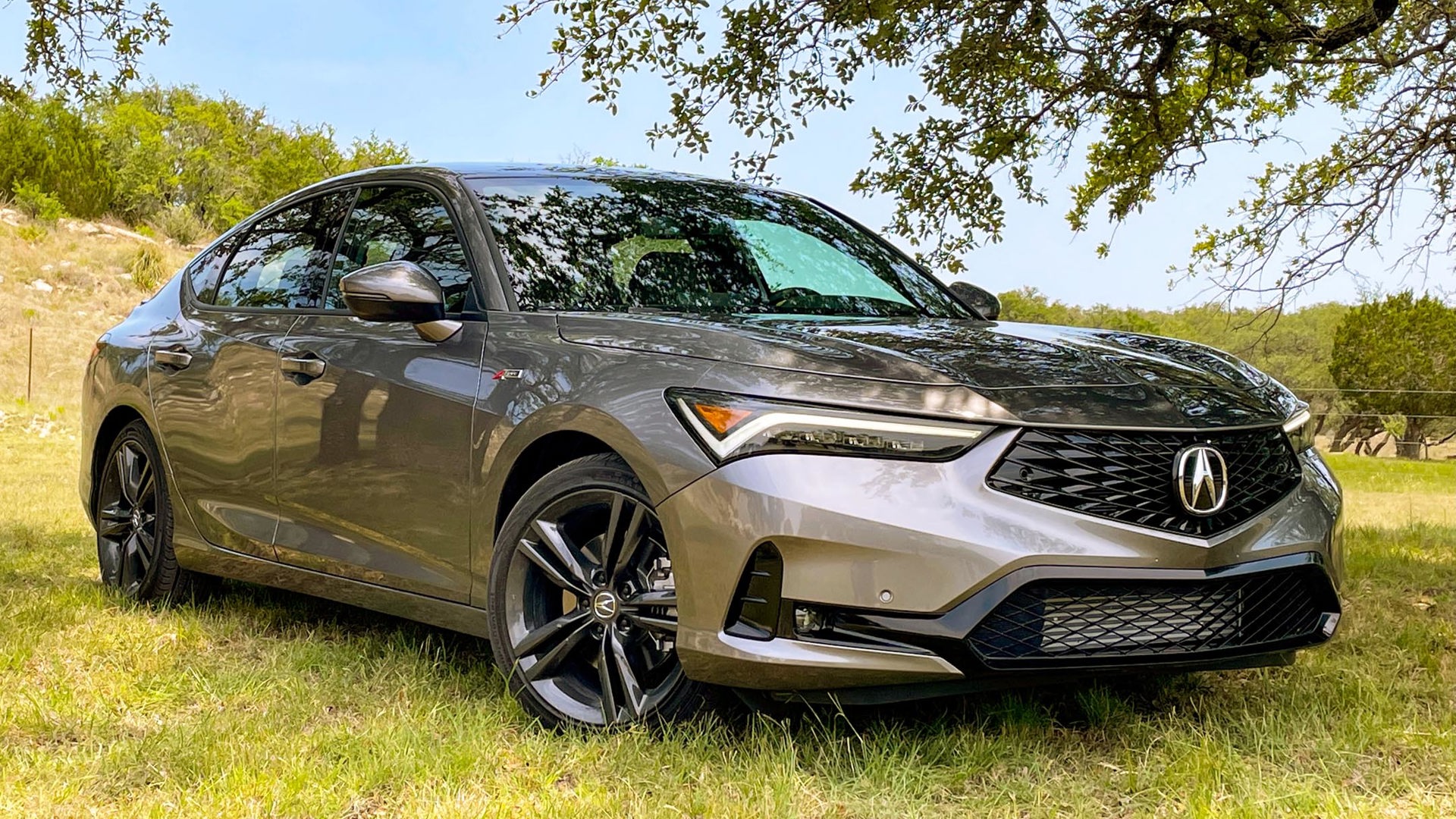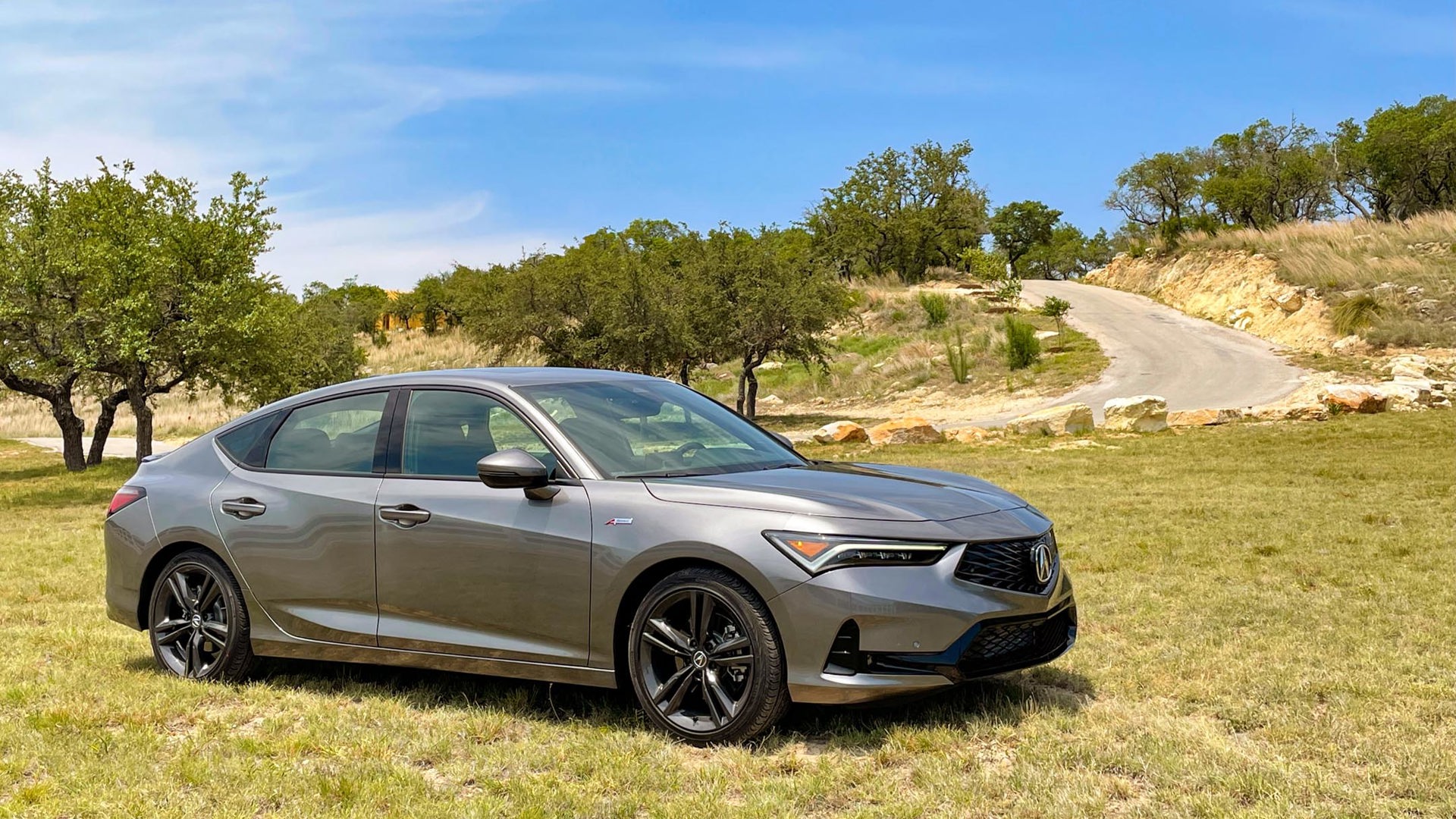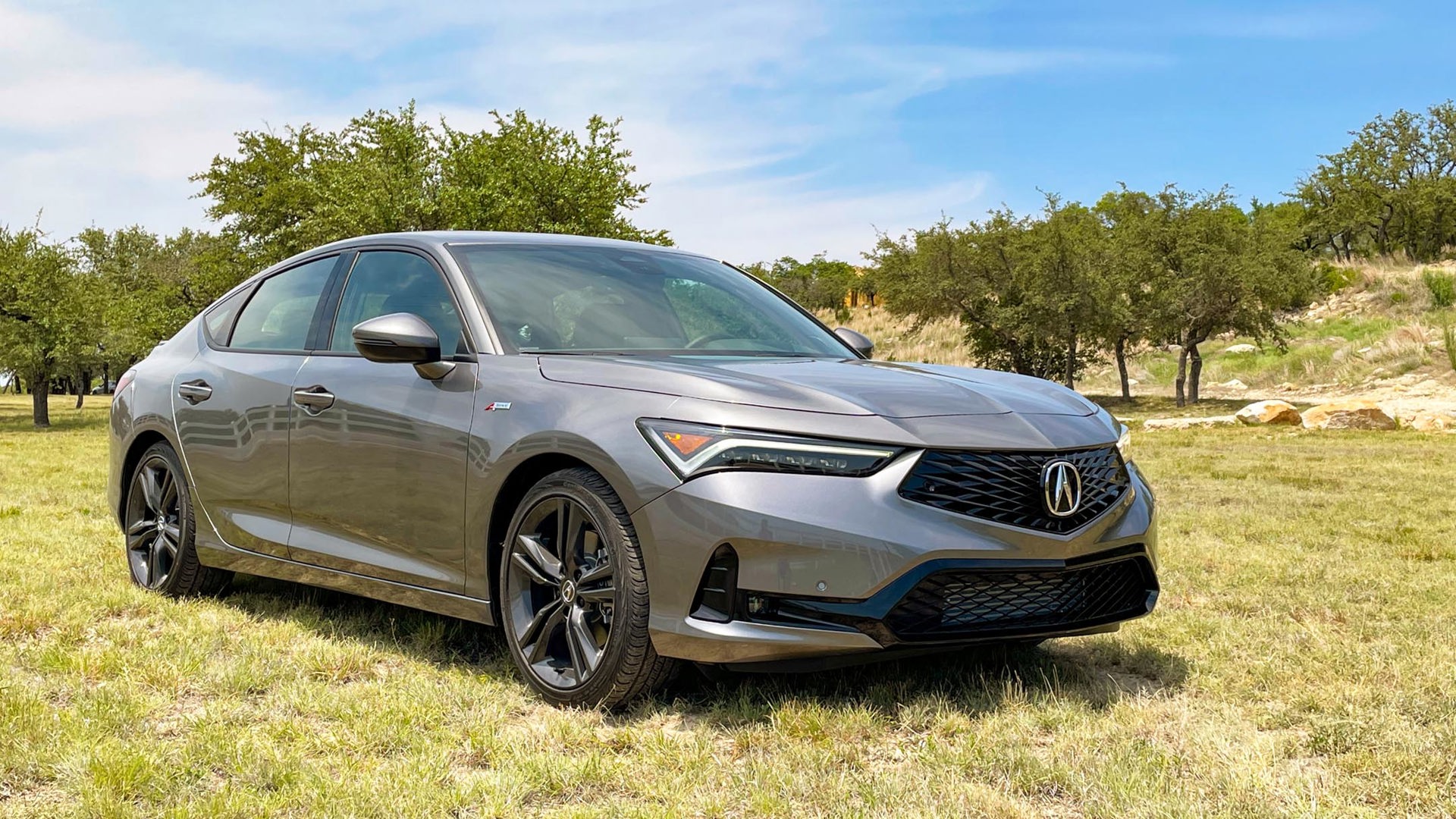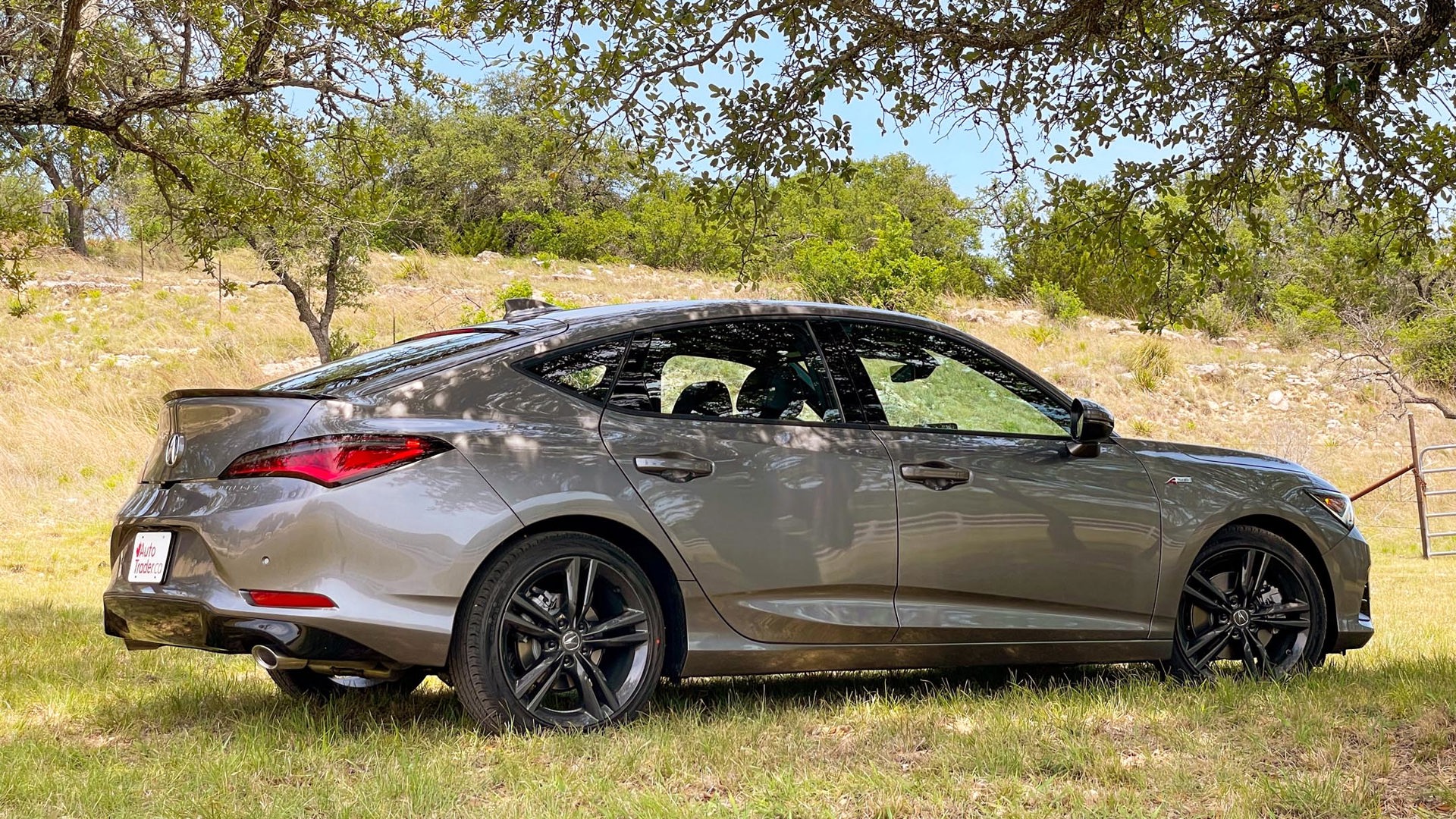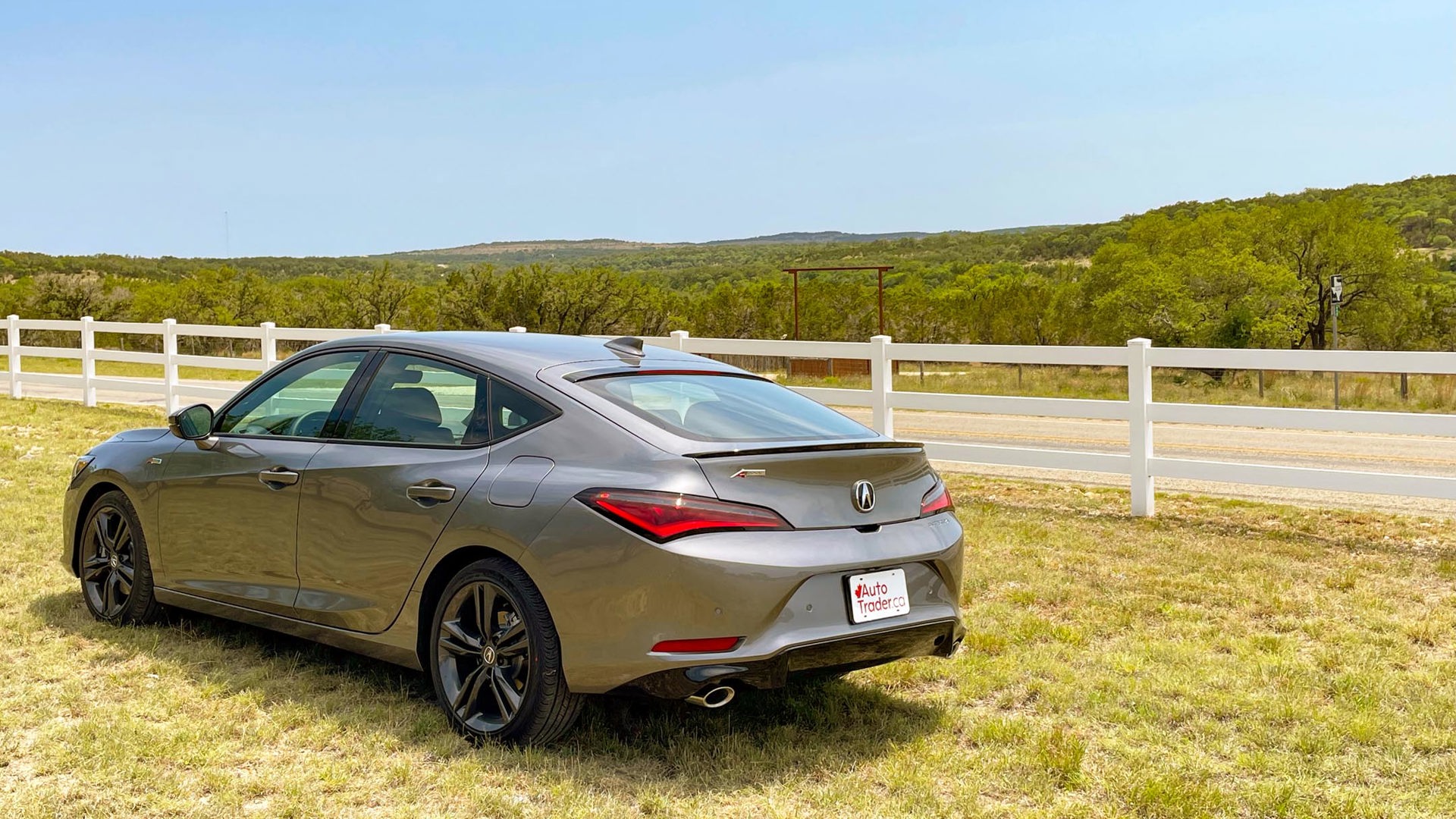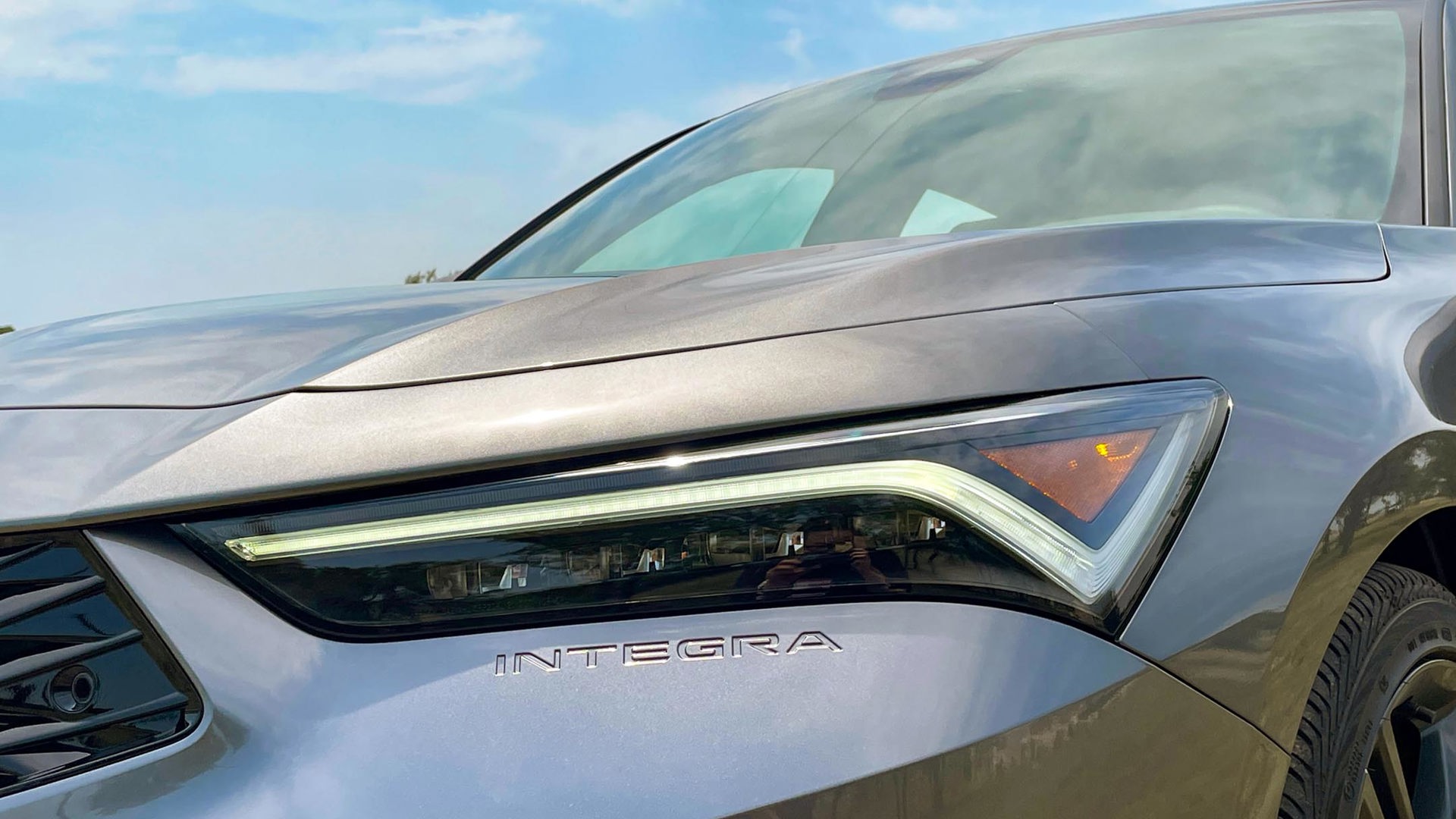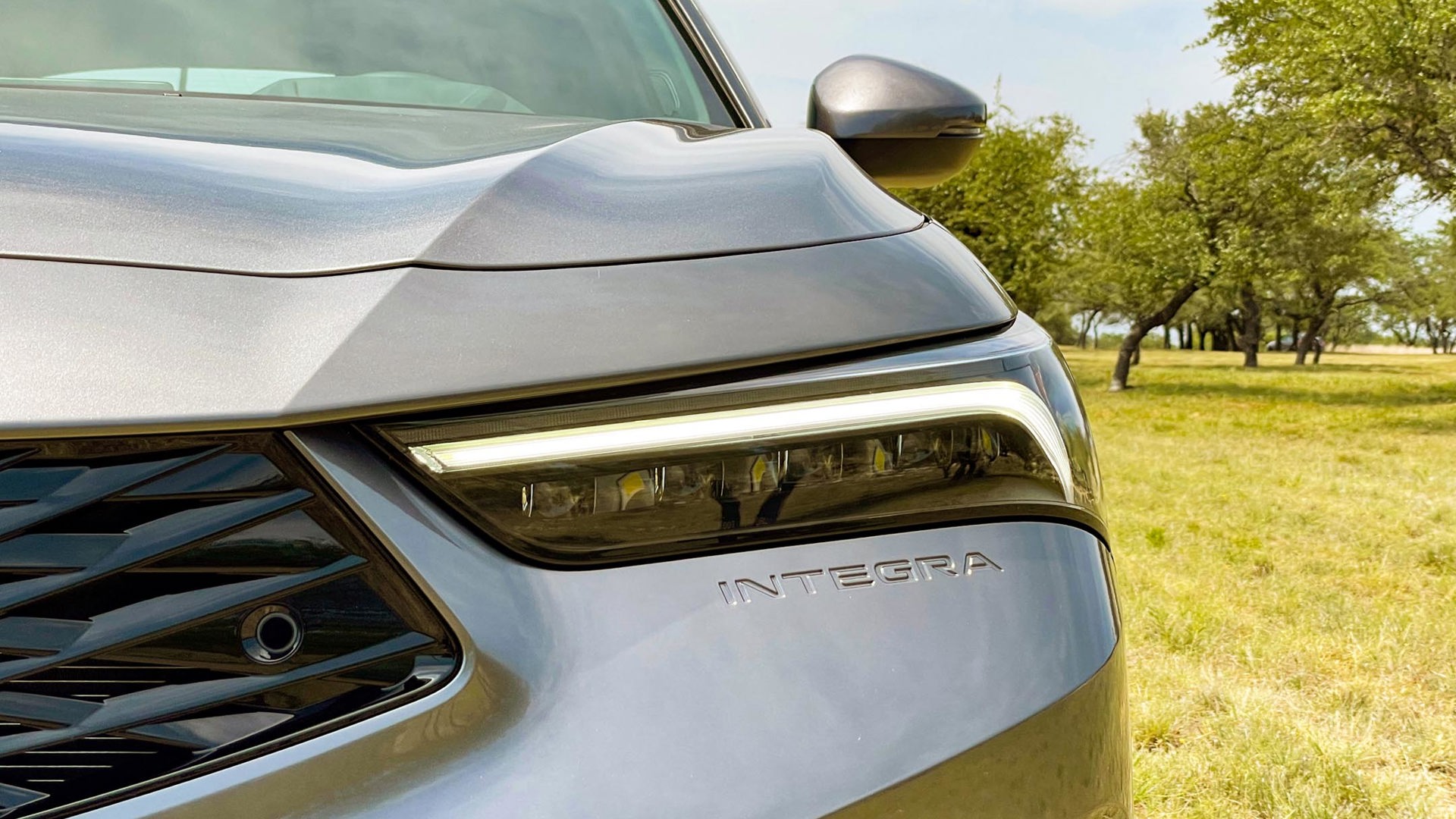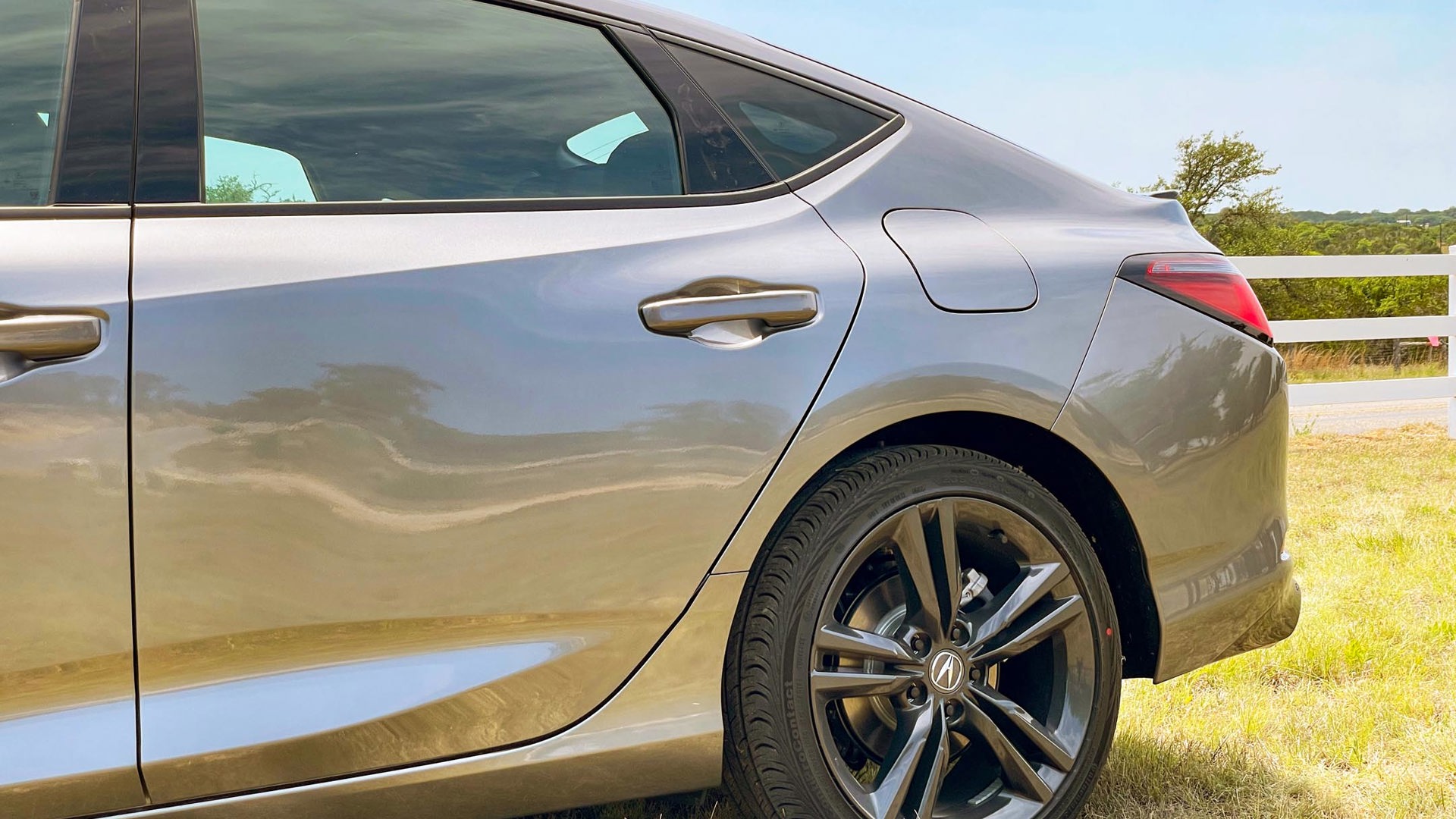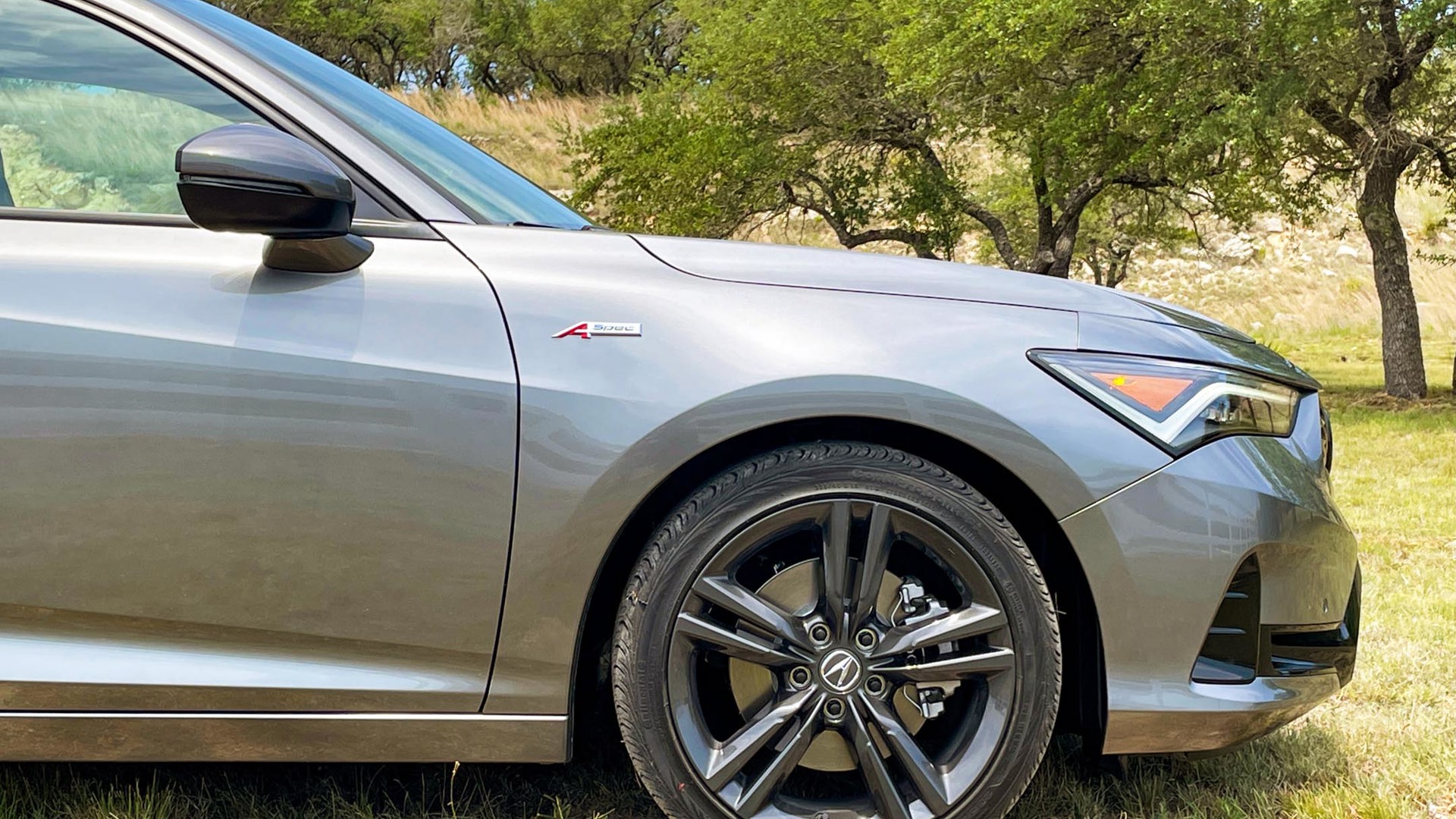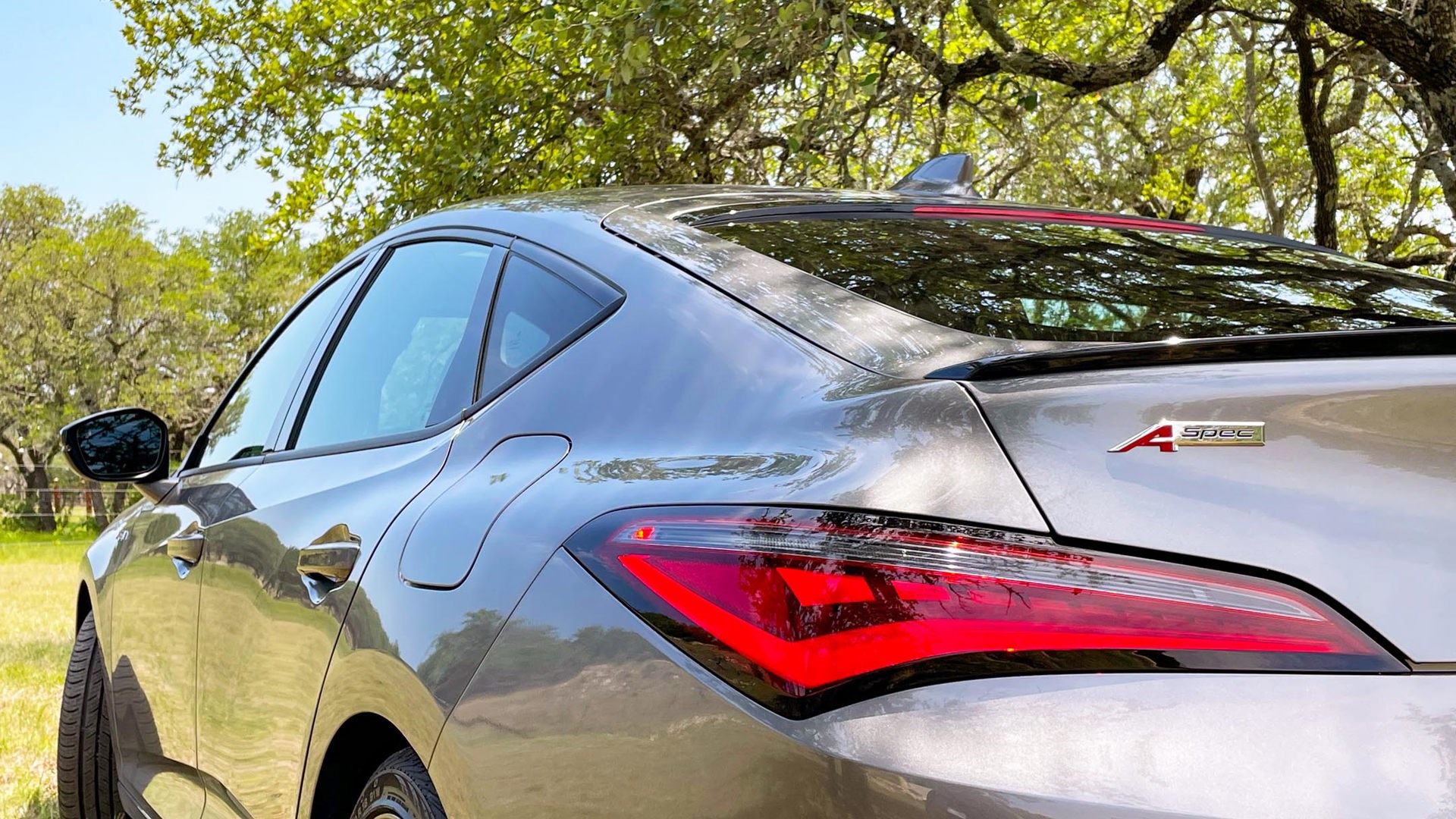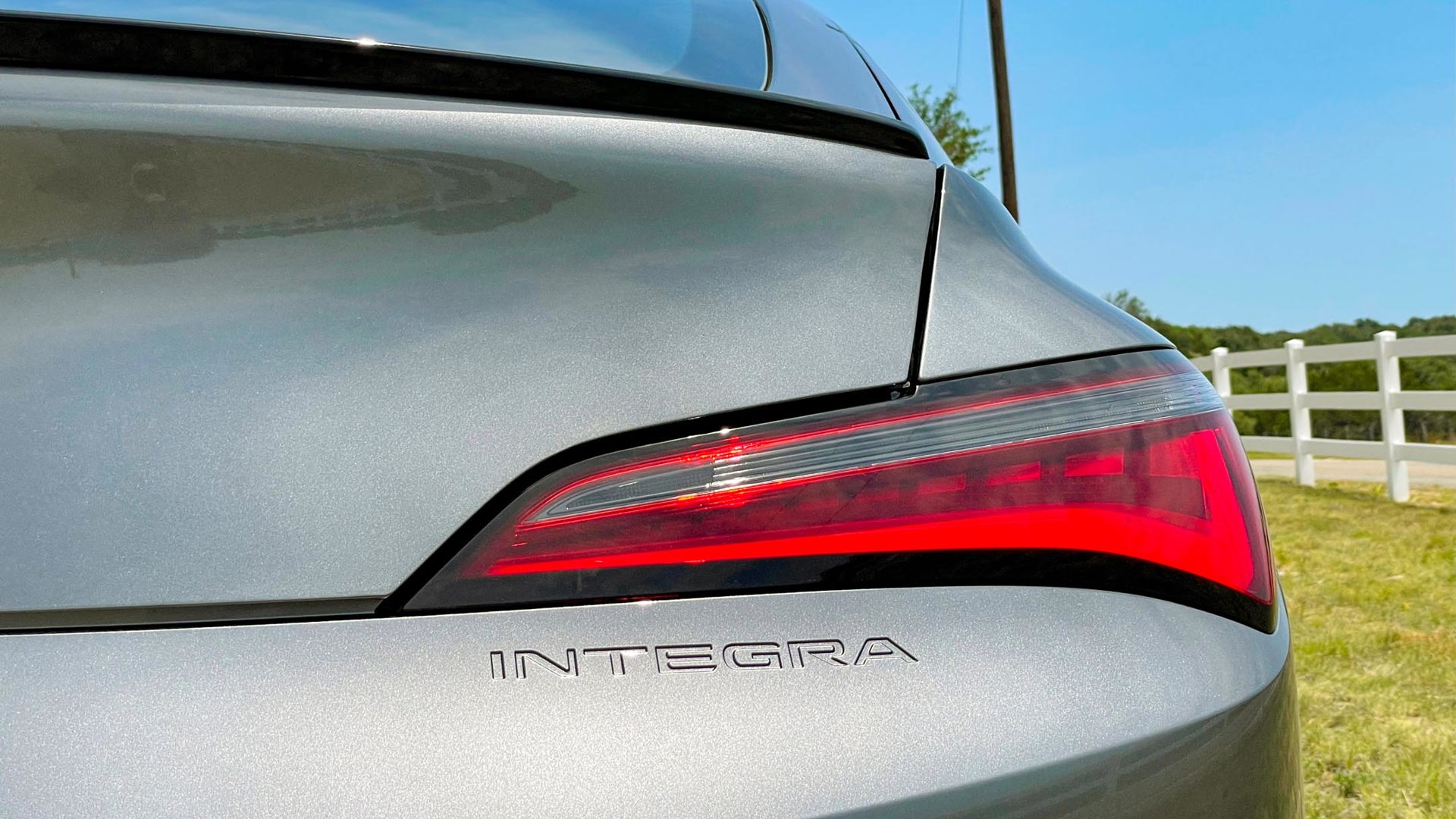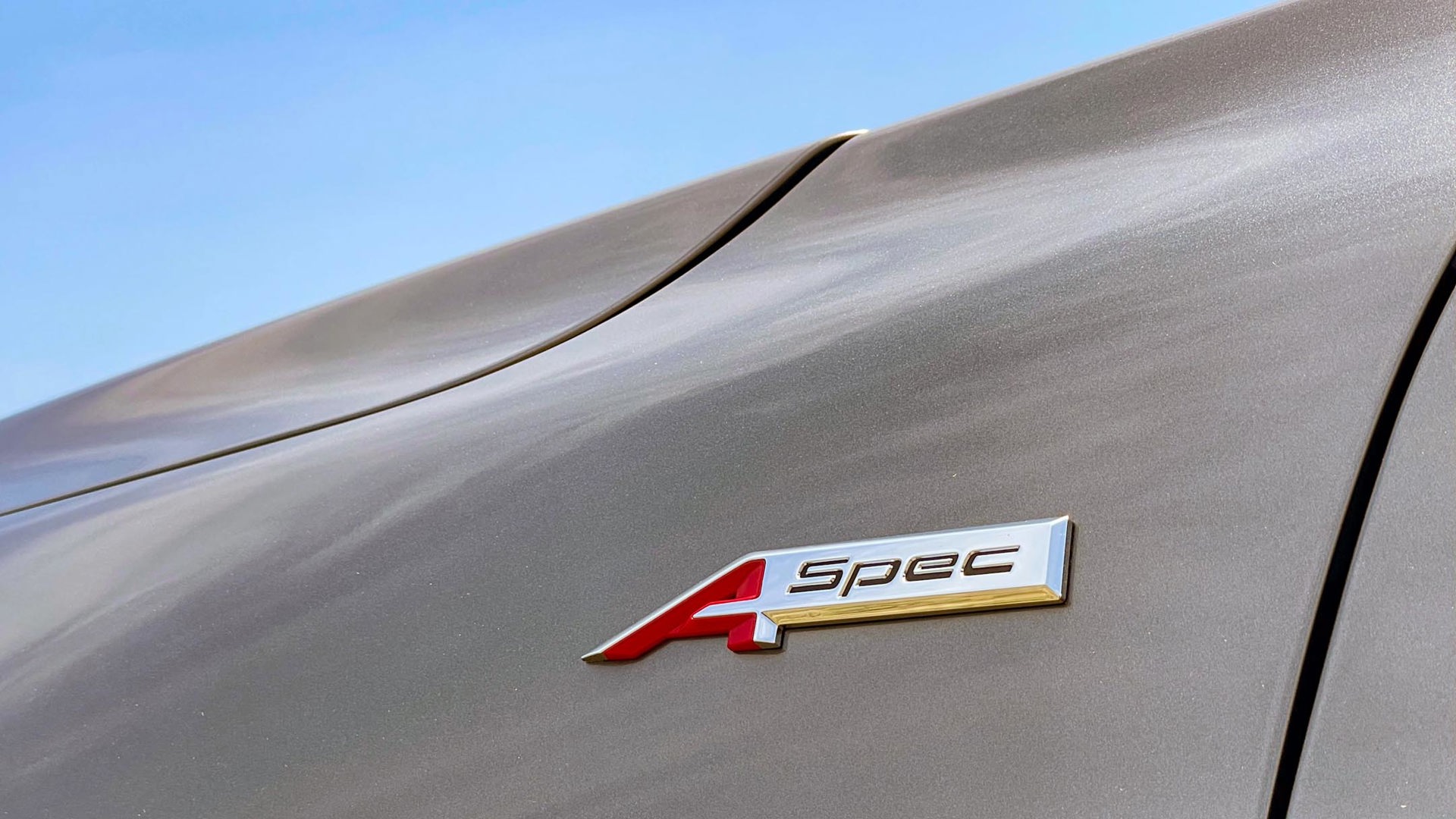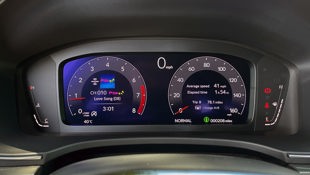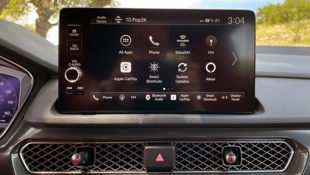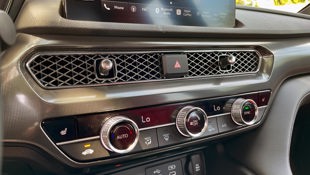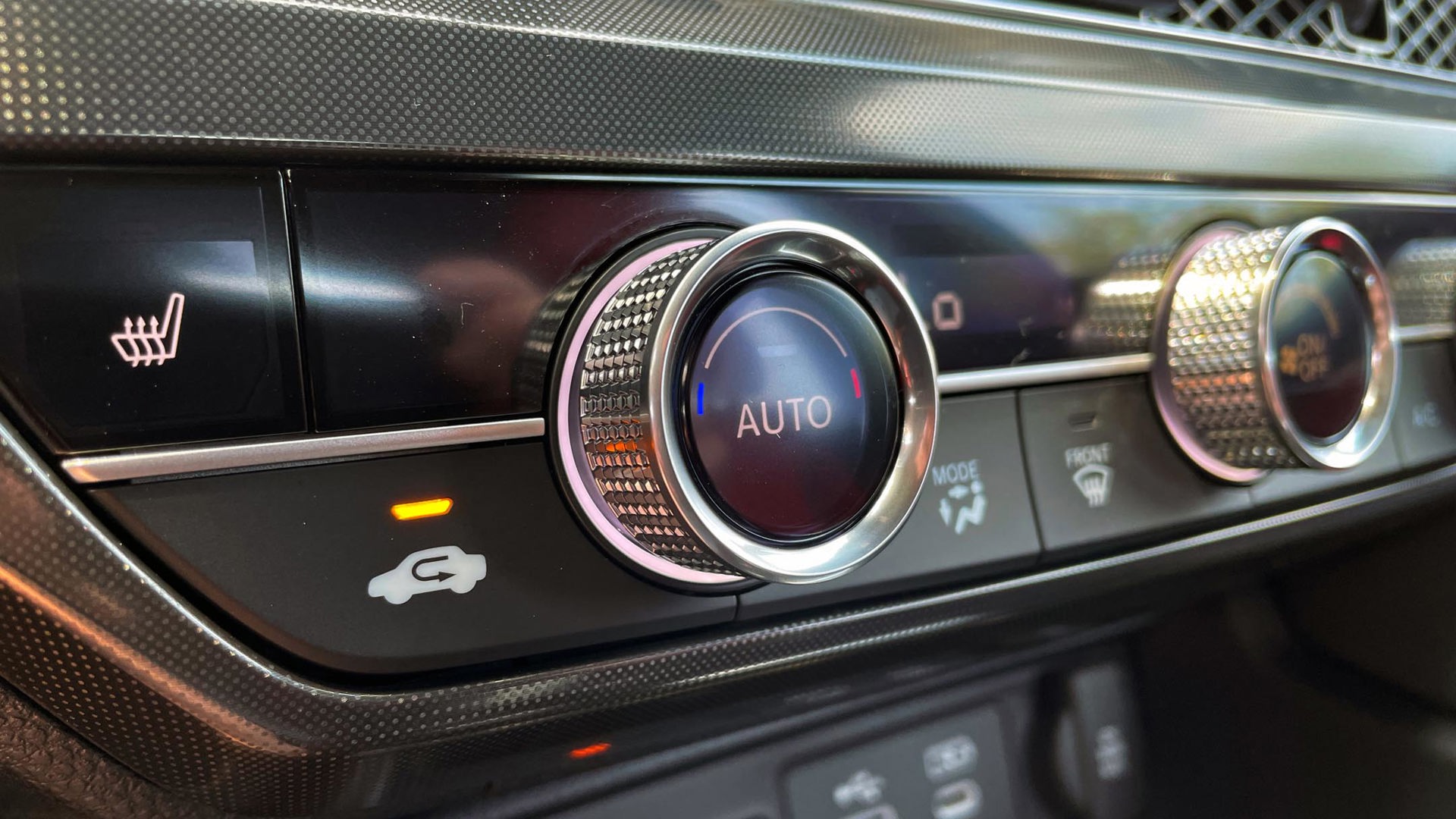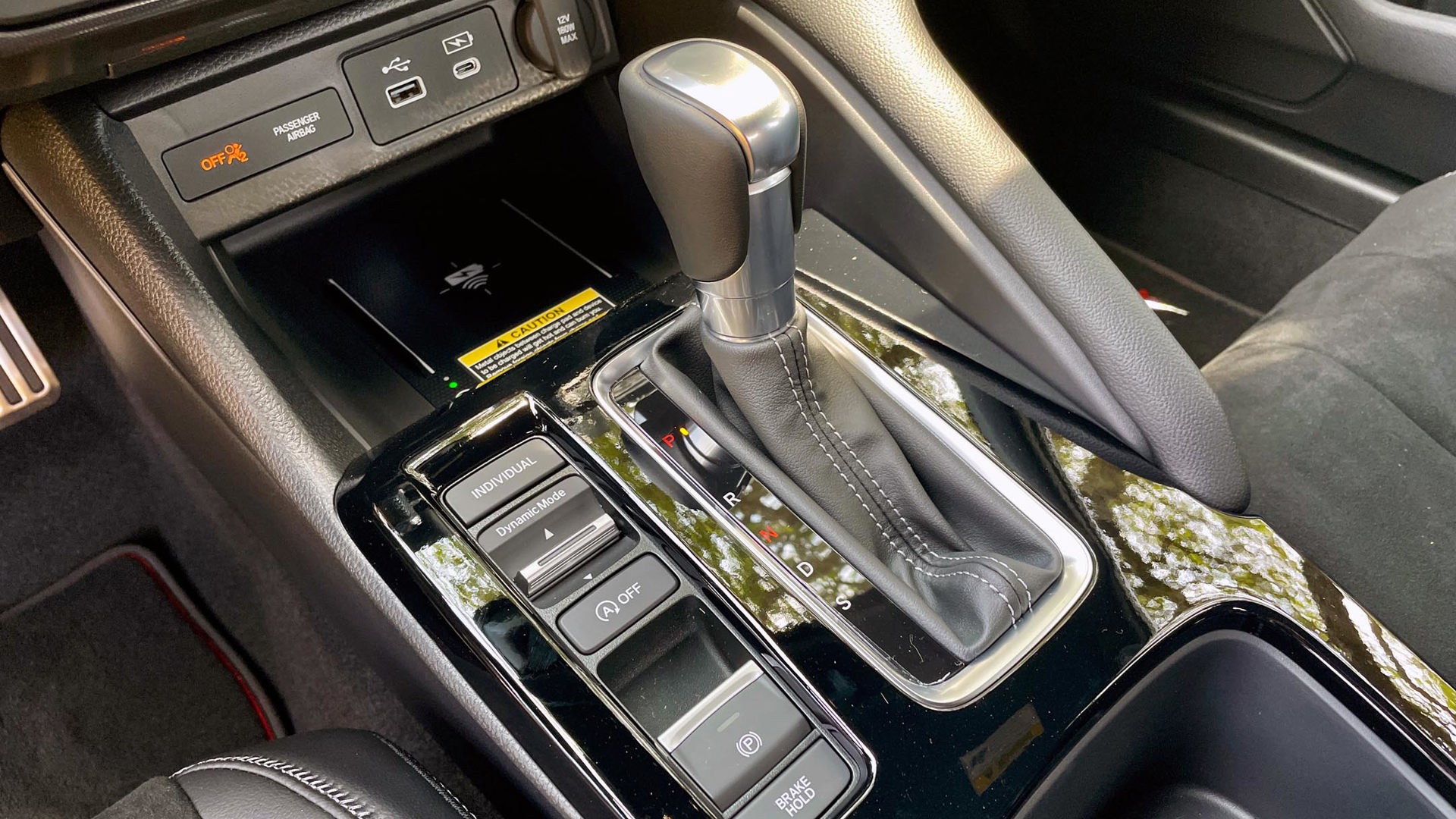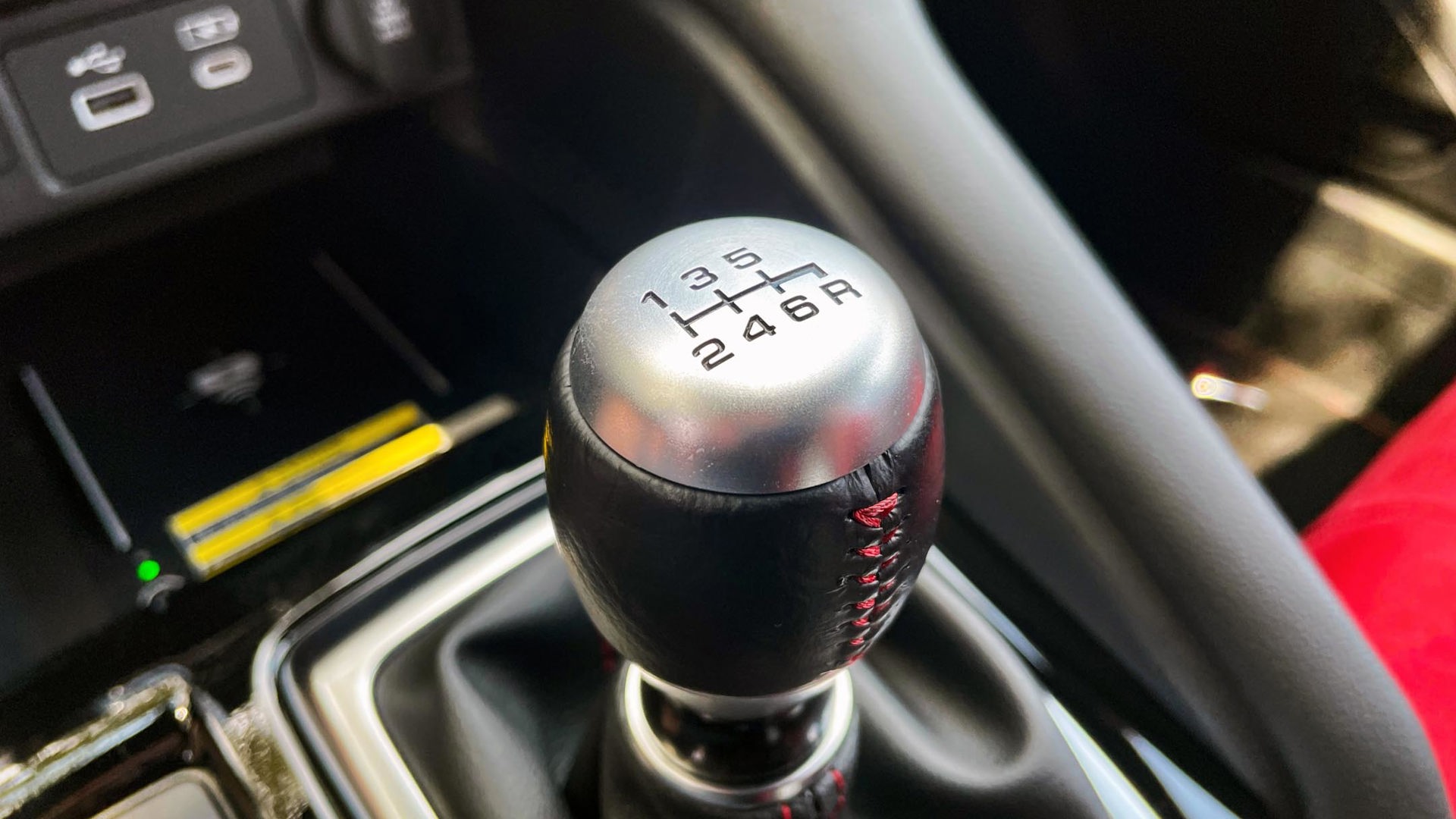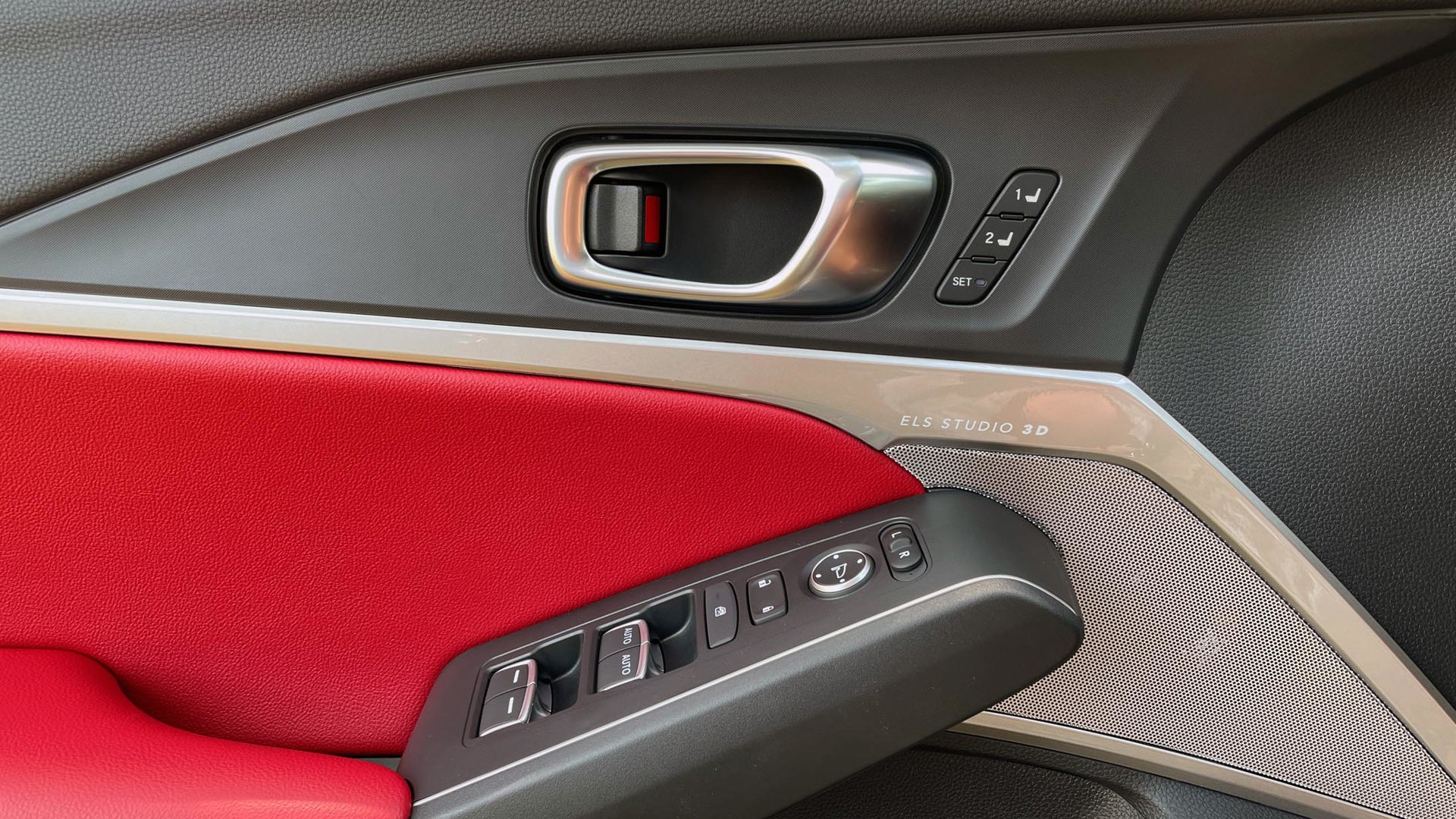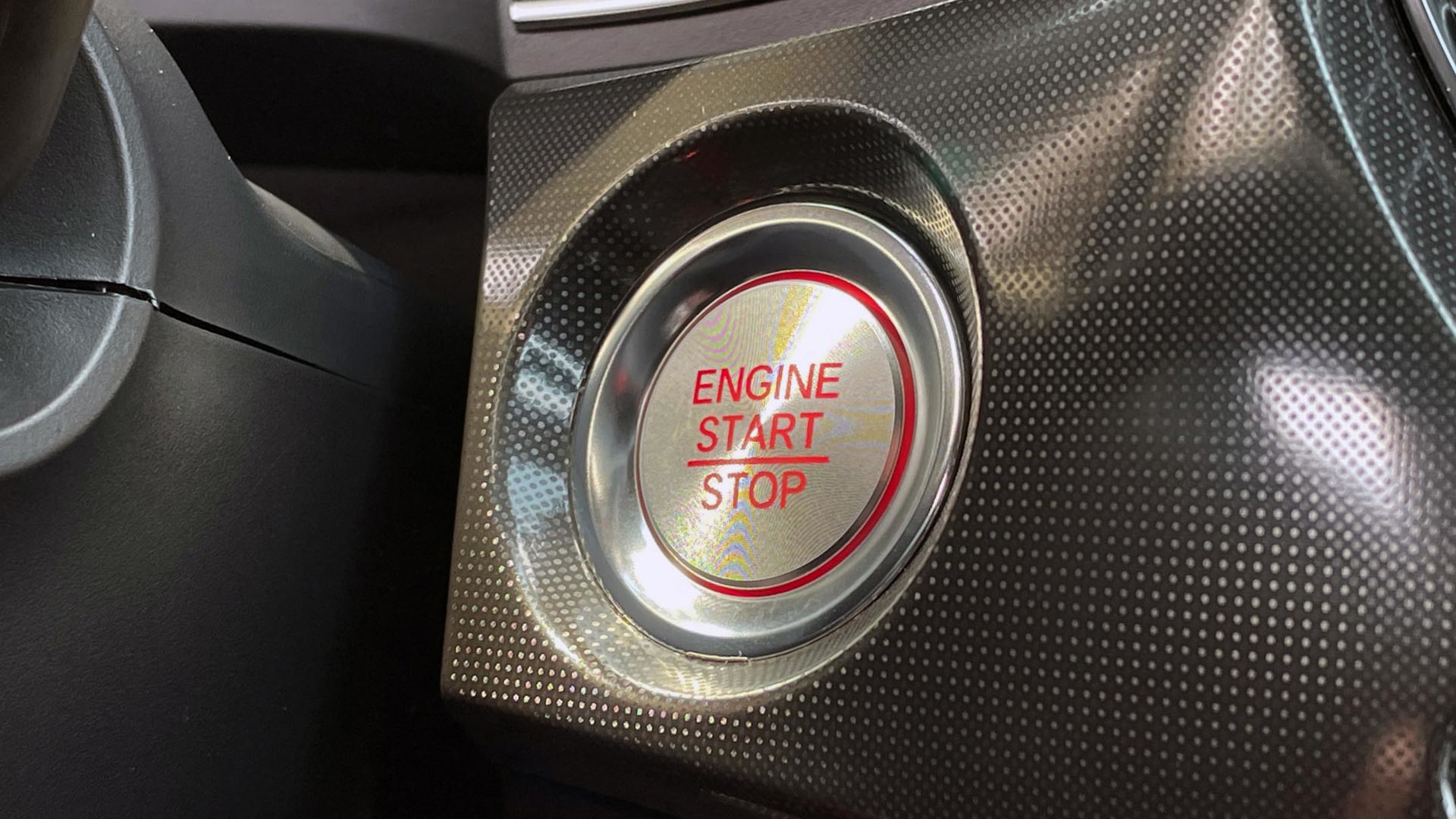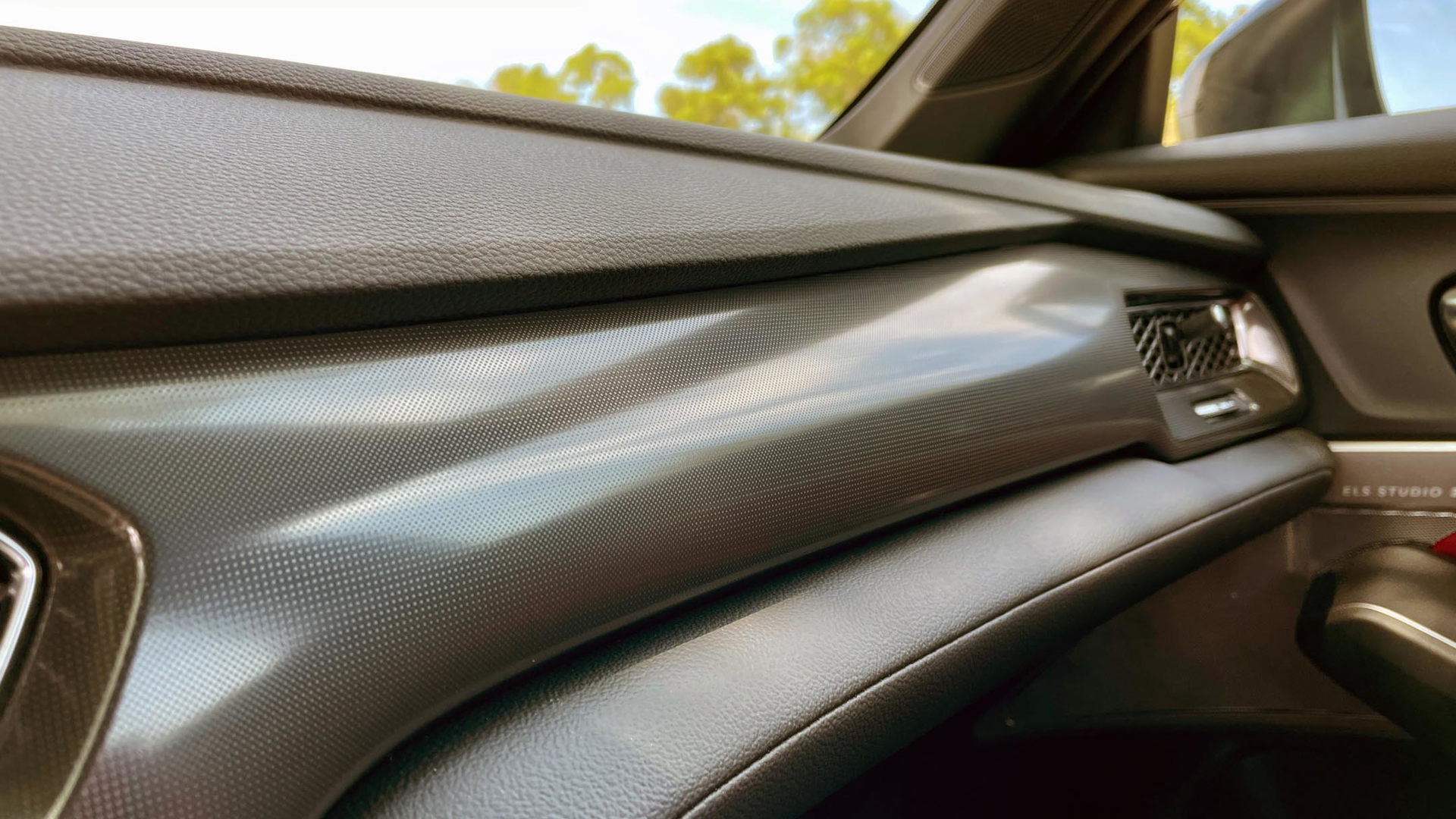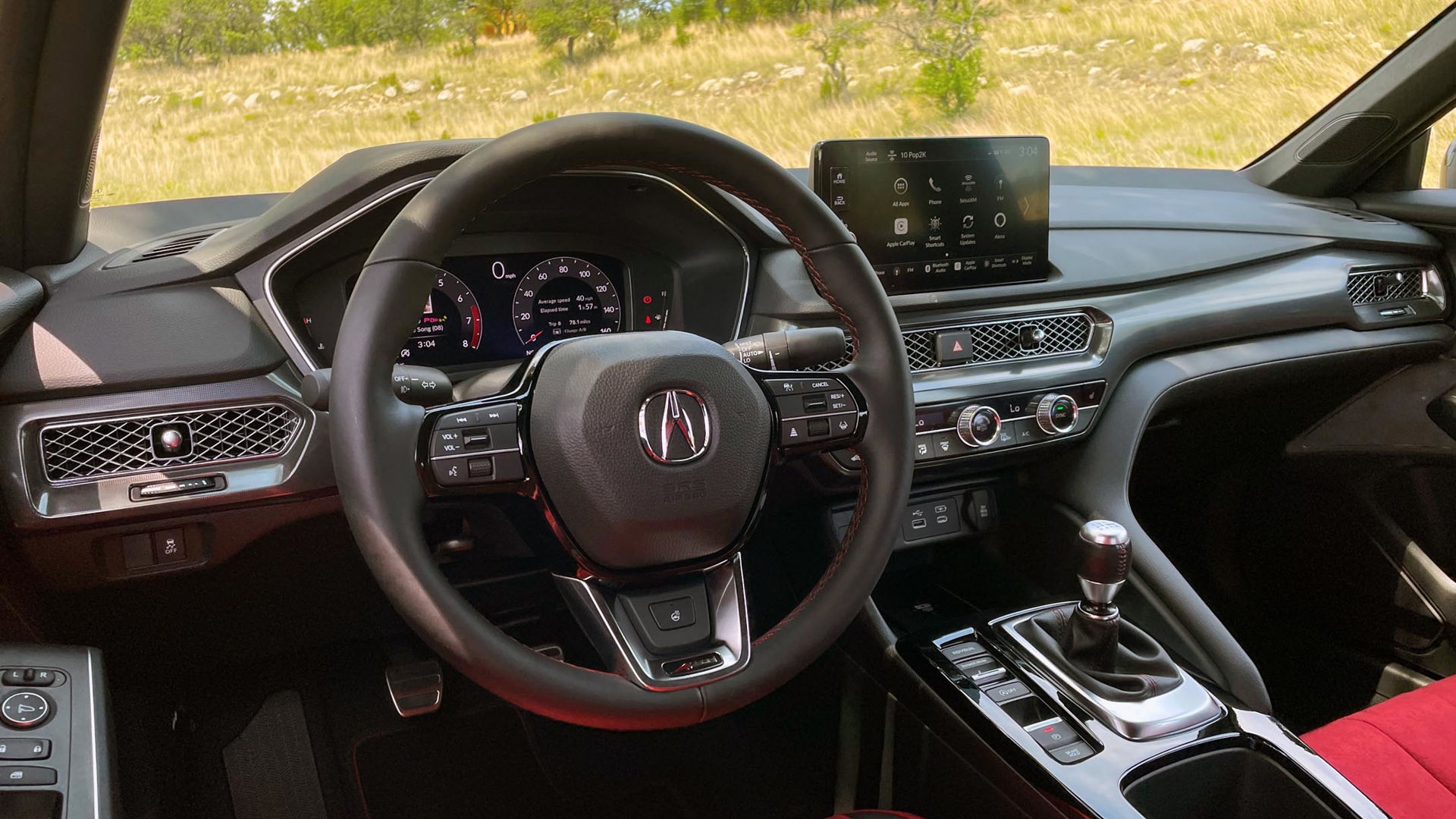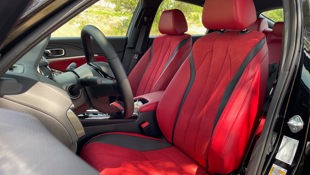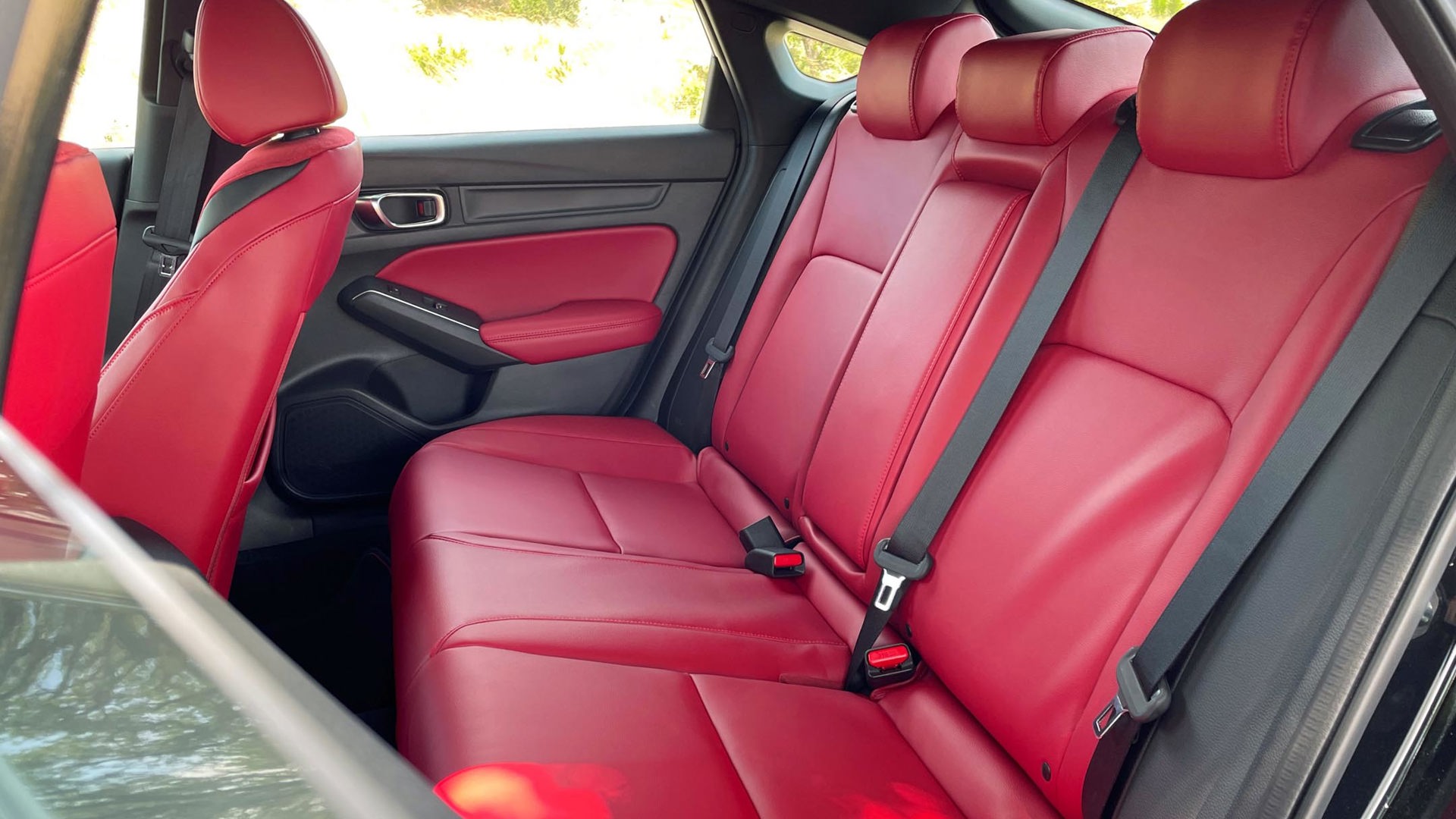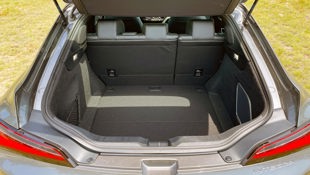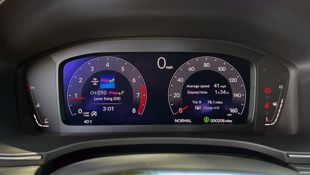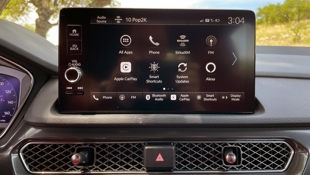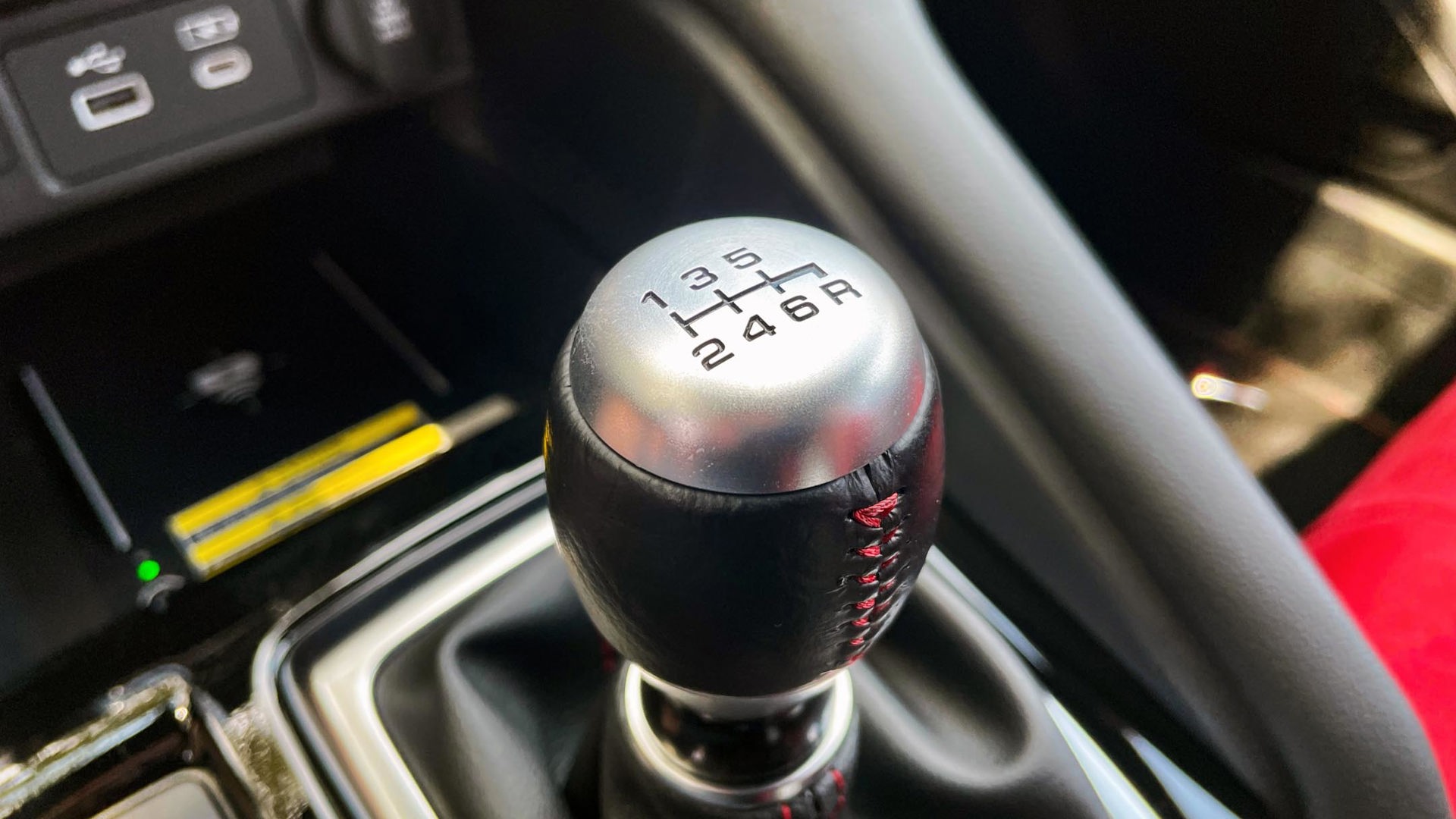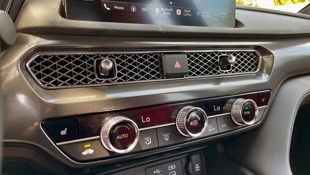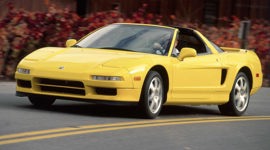Between Nissan reincarnating the Z and there being a new Top Gun movie in theatres, ’80s and ’90s nostalgia is all the rage right now.
Also jumping on the rose-tinted Gen X eyewear bandwagon is the 2023 Acura Integra, the latest car that’s here to take our minds off the present and remind ourselves of years past. Yes, folks, after a decade of existence the ILX is gone, and in its place is the fifth-generation Integra. [To be fair, the last one was called the RSX in this part of the world. – Ed.]
For those above a certain age, that name carries weight. Whether you owned one yourself or knew someone who did, it seems everyone has some sort of connection with the Acura Integra. And to be fair, there was quite a lot to like about it back then. A relatively affordable, quietly awesome-to-drive compact with reliable Honda Civic bones? Yes, please.
The good news is that this revived 2023 Integra sticks to that recipe to a T. One big caveat? The entire time the Integra has been away, the Civic itself has morphed into quite the plush vehicle itself, making the new Integra a bit of an awkward proposition.
Honda Hardware
Just like the Honda Civic Si, the Integra is powered by a 1.5L turbocharged four-cylinder making 200 hp and 192 lb-ft of torque. An automatic continuously variable transmission (CVT) is standard but, crucially for the enthusiasts, a six-speed manual is available albeit – exclusively with the top Elite A-Spec trim (more on that later). It has four doors and seats five, but unlike the Civic Si on which it’s based, the Integra is a liftback, meaning the rear glass and trunk lid open as one piece à la the Kia Stinger or, of course, all Integras before this aside from a couple proper sedans.
From the outside the new Integra hides its Civic roots quite well, sporting a completely different design with a body-in-white that’s said to be two per cent stiffer than that of the Civic sedan. Acura has also decided not to go down the whole retro-design route, for better or for worse, simply giving this car a compact rendition of its modern design language with chicane lights and a pentagon grille.
Because it’d almost be rude not to, Acura did give its new compact a couple of nostalgic easter eggs that harken to Integras of old, like the Integra wordmark that’s been stamped into the front and rear bumpers underneath the right-hand lights, or the little cutout for your hand that sits underneath the trunk lid.
This car’s Honda roots become much more obvious inside. Yes, the main dash area air vents sports its own design, but that does little to distract from the fact that much of the rest of this cabin is lifted straight out of the current-gen Civic. The steering wheel, digital instrument cluster, infotainment system, HVAC controls, little nubs that adjust the chicken-wire vents, and much of the door cards are all almost identical to those of the Integra's mainstream counterpart.
To be fair to the new Integra, it’s not as if its ancestors' cockpits were radically different from the Civic interiors of their eras, either. And for what it’s worth, the current Civic interior is one of the best – if not the best – in its segment.
Because of this humble base, the 2023 Integra gets the same knurled, ultra-clicky climate knobs that I’ve raved about on multiple occasions now. [Seriously, though, he has. – Ed.] The steering wheel controls are dead-simple to use, the digital gauge cluster is clear and easy to read, and the presence of that Honda touchscreen infotainment system means you don’t have to deal with Acura’s decidedly more challenging touchpad. The Integra even gets the company’s fancy front airbags that are said to reduce both head rotation and the likelihood of brain injury in a collision. If you ask me, the carryover interior may feel like a negative at first but, from a purely practical standpoint, it’s actually turned out to be kind of a boon.
On the subject of practicality, the Integra also inherits the Civic’s super-thin A-pillars that make it one of the easiest cars to see out of. There’s also a huge amount of legroom in the back, but because of the Integra’s sloping roofline, rear headroom is a little problematic. It was impossible to sit up straight back there without having my head tilted and pressed up against the headliner, and I’m not even a particularly tall dude. Checking the specs, this Acura indeed packs 17 mm less rear headroom than the Civic sedan or hatchback.
This is an admittedly small gripe, but there’s no seatback pocket on the driver’s side, just the passenger’s. Another somewhat surprising negative is the Integra’s so-called premium audio system that didn’t sound all that great, a stark deviation from the optional speakers found in pretty much every other current Acura product, which are consistently top-shelf in the industry.
If you can live with less rear headroom, a decidedly meh sound system, and not being able to store magazines behind yourself, though, the Integra’s cabin ultimately does more right than it does wrong and is generally a comfortable, pleasant, and intuitive place to spend commutes inside of.
First Drive Impressions
“It’s a Civic underneath, but the Civic is mostly great,” isn’t just a succinct way to sum up the interior but also an apt phrase that describes how the 2023 Integra drives – mostly.
Like the Civic Si, the Integra features key mid-performance compact goodies like auto rev-matching for the manual transmission and a limited-slip differential that pulls it through corners, minimizing understeer. Also like the Civic Si, the Integra is a more-than-decent runabout vehicle that’s easy to place around town and rides comfortably, even with its adaptive dampers in sport mode. Highway road noise is perhaps louder than it should be, it steers soundly and accurately, and generally likes to go where you point it – again, much like its Honda-badged sibling.
In isolation, the new Acura Integra is a solid driver, there’s no doubt about it. But it doesn’t exist in isolation, which means it suffers from The Veloster N Problem™. [OK, he didn't actually trademark this. – Ed.] Like the Hyundai Veloster N, the Integra is a solidly fun compact car. But just like the Veloster N, there exists another, arguably superior rendition of the same powertrain within its own corporate family for less money. Unlike the Elantra N, which only undercuts its three-door sibling by a few hundred bucks, however, the Honda Civic Si, which somehow drives noticeably better than the Integra is a whole $10,000 cheaper than its Acura counterpart when comparing manual-to-manual models.
Driven quicker and for pleasure, the Integra wasn’t quite as sharp as I’d hoped it would be. Whether this is due to the Acura’s extra 55 kg (121 lb) of curb weight, a difference in tires, a conscious, creative choice by engineers to have the Integra drive less raw and rowdily, just plain ol’ early-production room for improvement when it comes to chassis and suspension tuning, or – I suspect – a combination of all of those factors, this car somehow felt a half-notch worse to hustle down a backroad than the Si.
It changes direction and handles well enough through light twisty work, and there’s a measured tactility to the steering that’s quite nice, but push it even a little hard you’ll uncover a disconcerting waft with the front axle. Y’know the auto writing cliche in which a particularly stable and capably-cornering performance car “feels like it’s on rails?" Yeah, the Integra isn’t that.
That manual transmission may be equipped with an auto rev-matching function that doesn’t miss, and an overall decent short-throw shift feel that puts to shame many outright performance vehicles from non-Honda brands; but it somehow also feels a tad more plasticky and less smooth than the Si’s Type R-lite shifter, despite the two gearboxes boasting identical gear ratios and presumably being the same part, or at the very least related.
Its turbocharged 1.5L is adequately peppy in normal driving but not overwhelmingly capable at angrier highway-plus speeds. Acura says some of the engine noise is being piped in through speakers but even so, this car is about a couple notches too quiet for my taste even in sport mode, almost to the point where I had to rely on the tachometer to gauge shifts.
Of course, the Integra is also available with a CVT, and judging from a very brief run in that version, the pulley-based transmission works well and as-advertised, mimicking traditional automatic gearshifts smoothly and seamlessly (it’s even got shift paddles behind the steering wheel), and eliminating the need to manage a clutch in traffic in the process.
The new Acura Integra isn’t a bad car. Far from it, in fact. The new Honda Civic is an outstanding vehicle, and the more powerful Si version is one of best affordable fun cars available today. The Integra being a slightly dulled down premium version transitively still means it’s pretty darn great, too. But – and I think you’ll have already worked out the crux with all of this – why not just get the Si? I would.
Final Thoughts
To me, fun Hondas and Acuras are like pizza. Even when it’s just OK, it’s still pretty good. The 2023 Acura Integra is a bit like take-out pie from the trendy new fire-oven place across the street from your office – reasonably tasty and authentic, comes in a cool-looking box that asserts its sophisticated pizza dominance over the garish chains, convenient, and made of ingredients you recognize. Ultimately, however, you’ve had better – and for less money.
Developed in Japan but built in Ohio, the 2023 Acura Integra starts at $36,725 for the CVT-only base model, but those interested in this manual-optional Integra Elite A-Spec will pay $44,925 before taxes. For reference, the one-trim Honda Civic Si retails at $34,850. I’d be OK with this price premium if the Integra drove better than the Civic or at least felt like a significantly more luxurious experience on the inside. (Or, y’know, if Acura made the manual available in more affordable trims.)
I wanted to love this car. And perhaps if I had never driven the current Civic Si, I would have. But I did and, as a result, the manual Integra Elite A-Spec can’t help but feel like a re-bodied and unnecessarily expensive Si alternative that drives slightly worse and has less rear headroom. For the driving enthusiast who couldn’t imagine getting this car with the CVT, the new Integra is a $45,000 version of a $35,000 car. Are the differences between the Civic Si and the manual Integra Elite worth $10,000? Absolutely freakin’ not.
That’s not to say a lower-trim Integra that costs thousands less wouldn’t have an audience, though. In base and A-Spec form, the Acura Integra is a swankier-looking and perhaps more relaxed-driving Civic Si for folks who can’t or don’t want to use a manual transmission, and that’s where I suspect the Integra will both represent the most value and pull its weight in sales for Acura over the long run. And, let’s face it, many folks buy cars with their eyes more than anything, and if you’re a fan of the Integra’s styling, there’s not a whole lot any Civic can do to sway you out of one.
If that sounds like you, take solace in the fact that the Integra is, objectively, a more-than-decent lite-luxury commuter, no matter how many car dweebs tell you that you should’ve gotten the manual or just saved the cash on a Civic.
